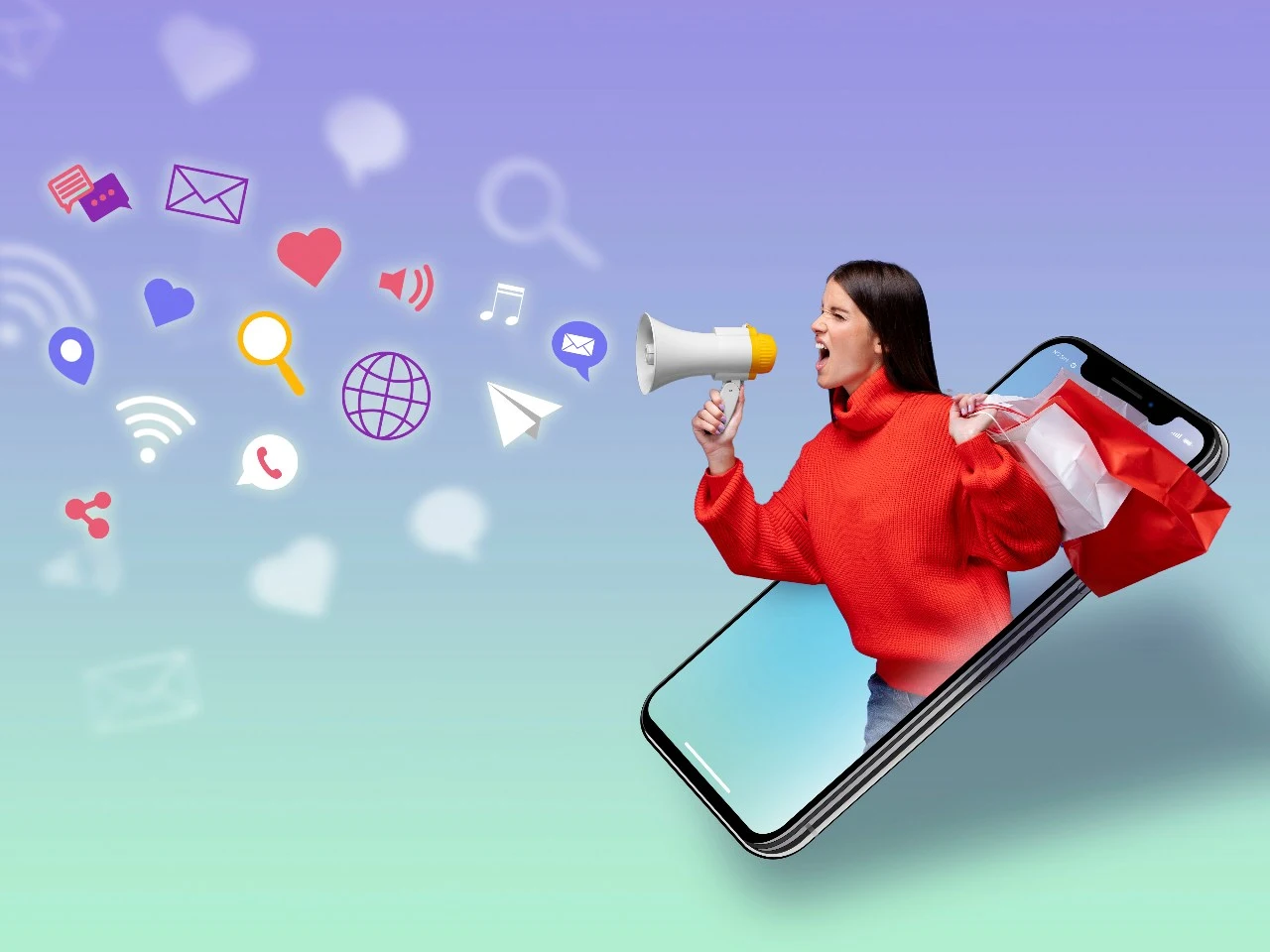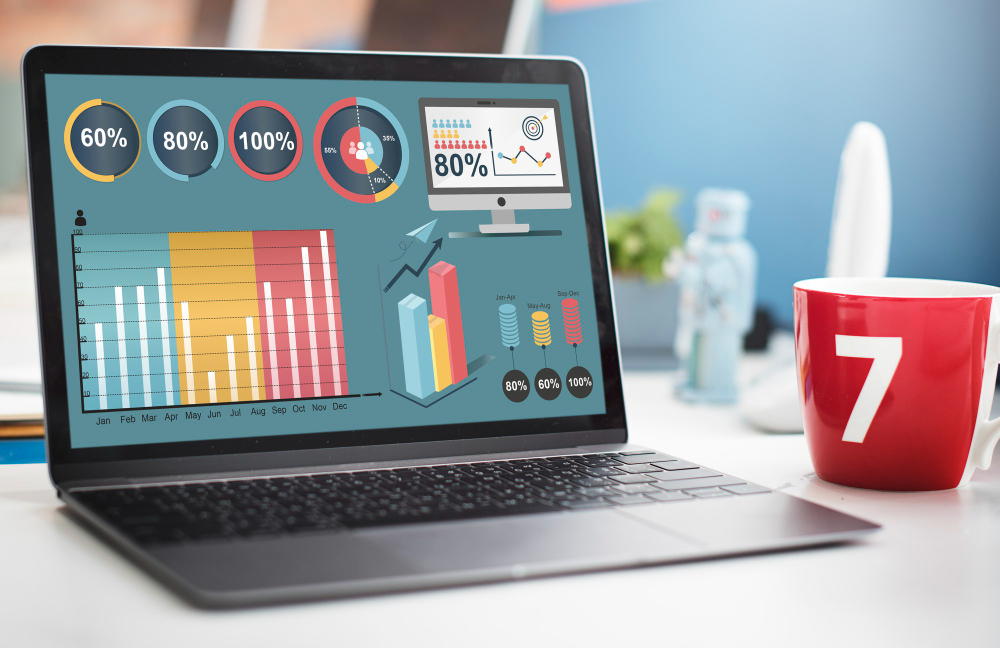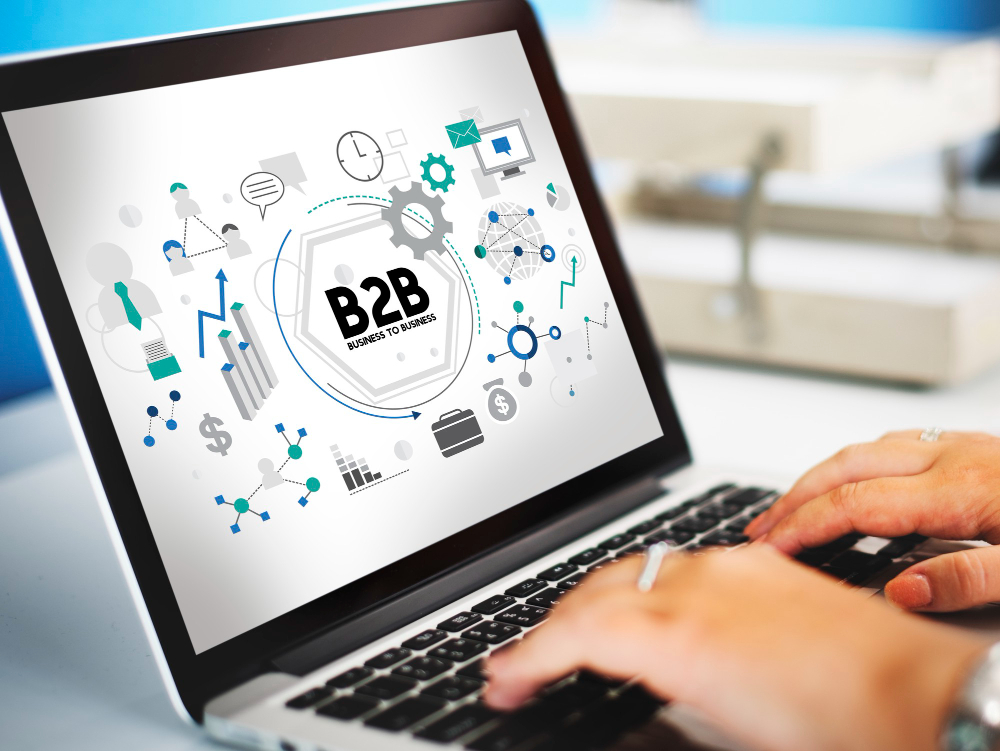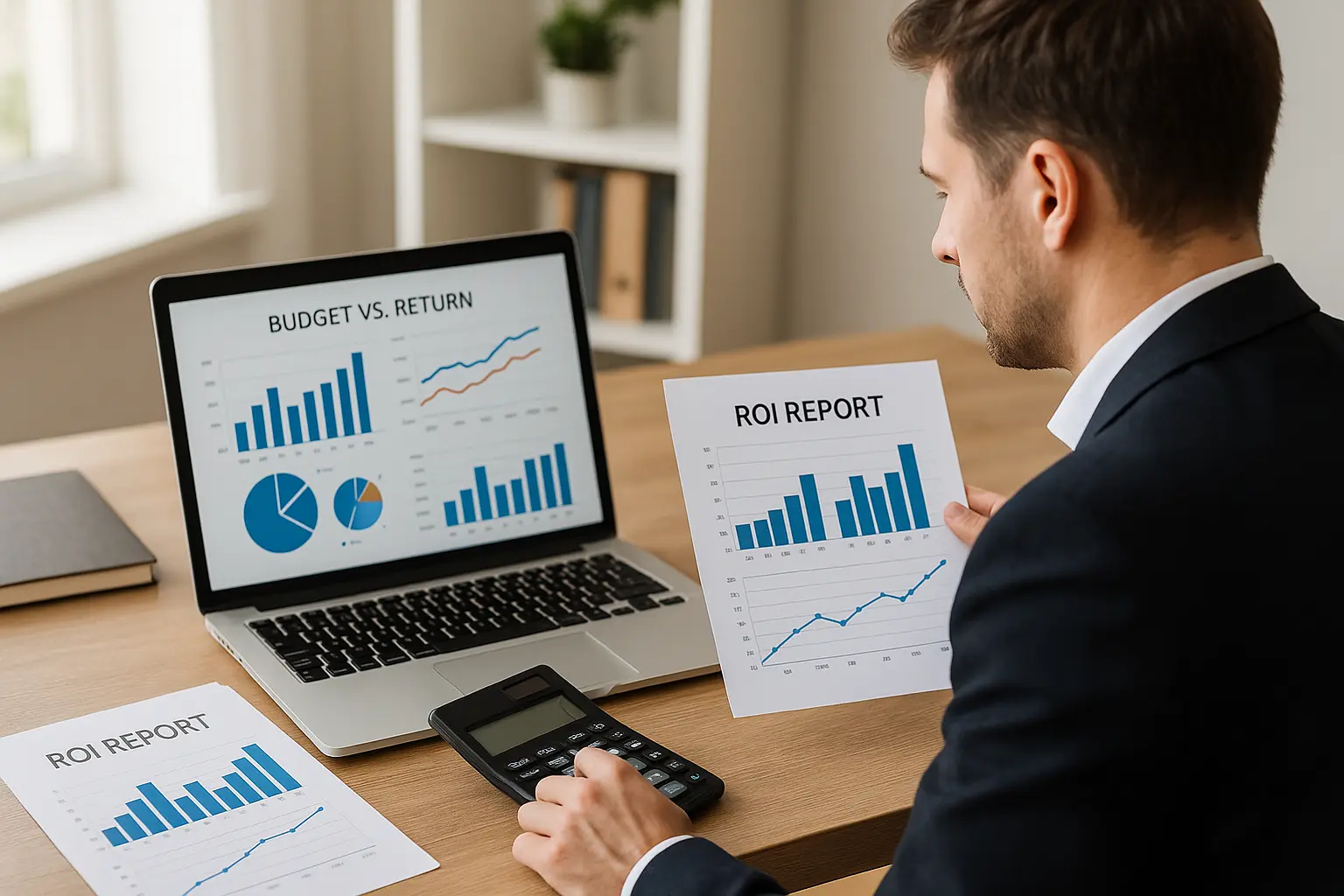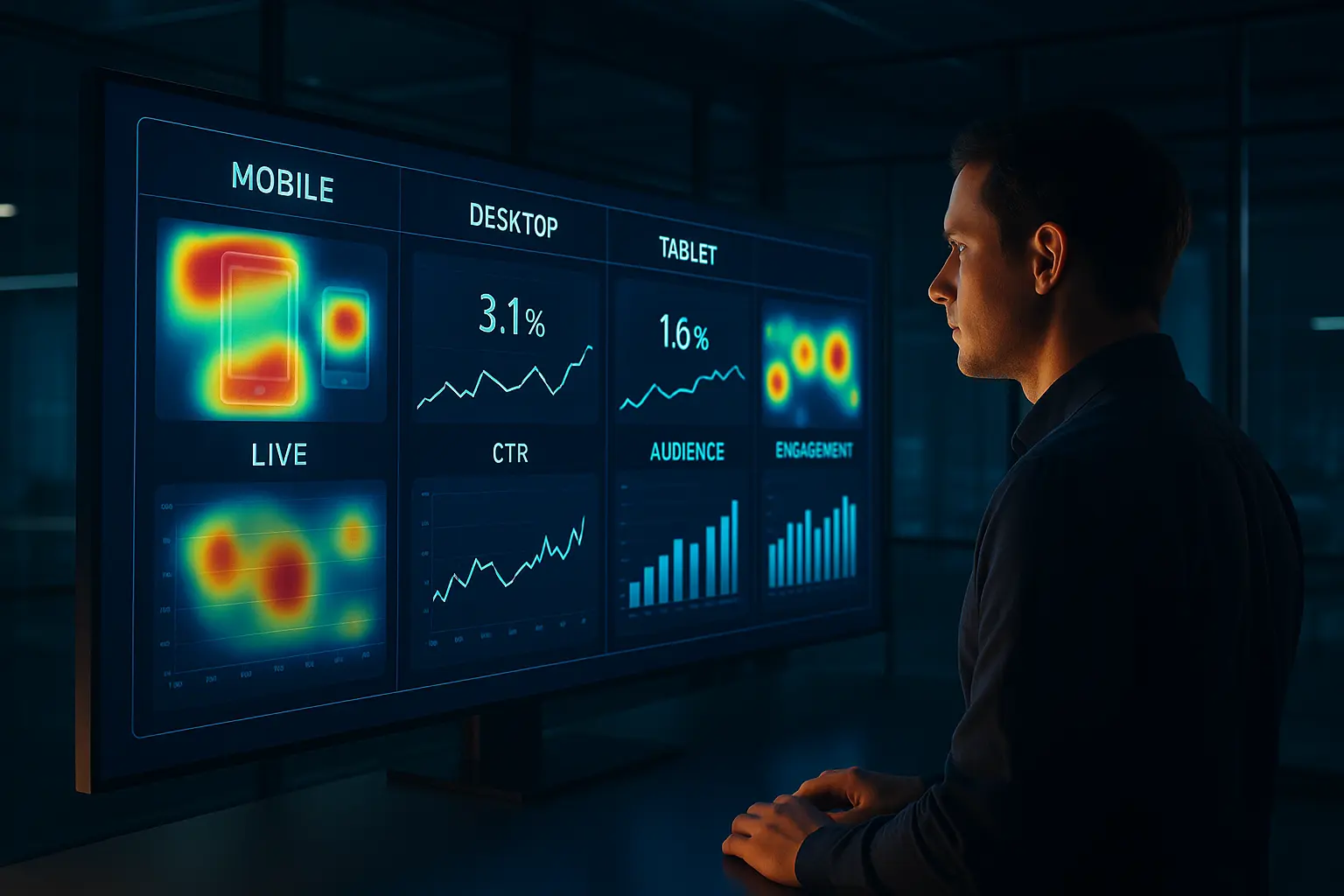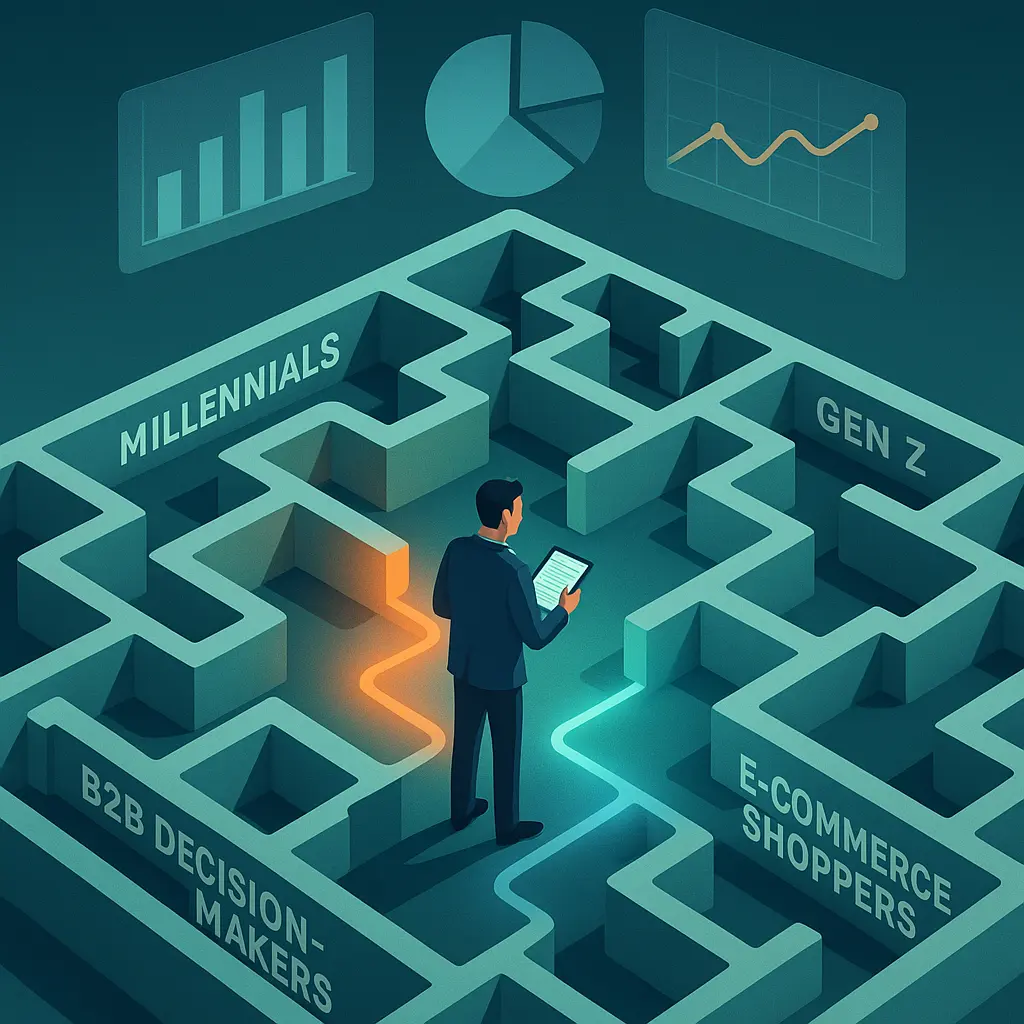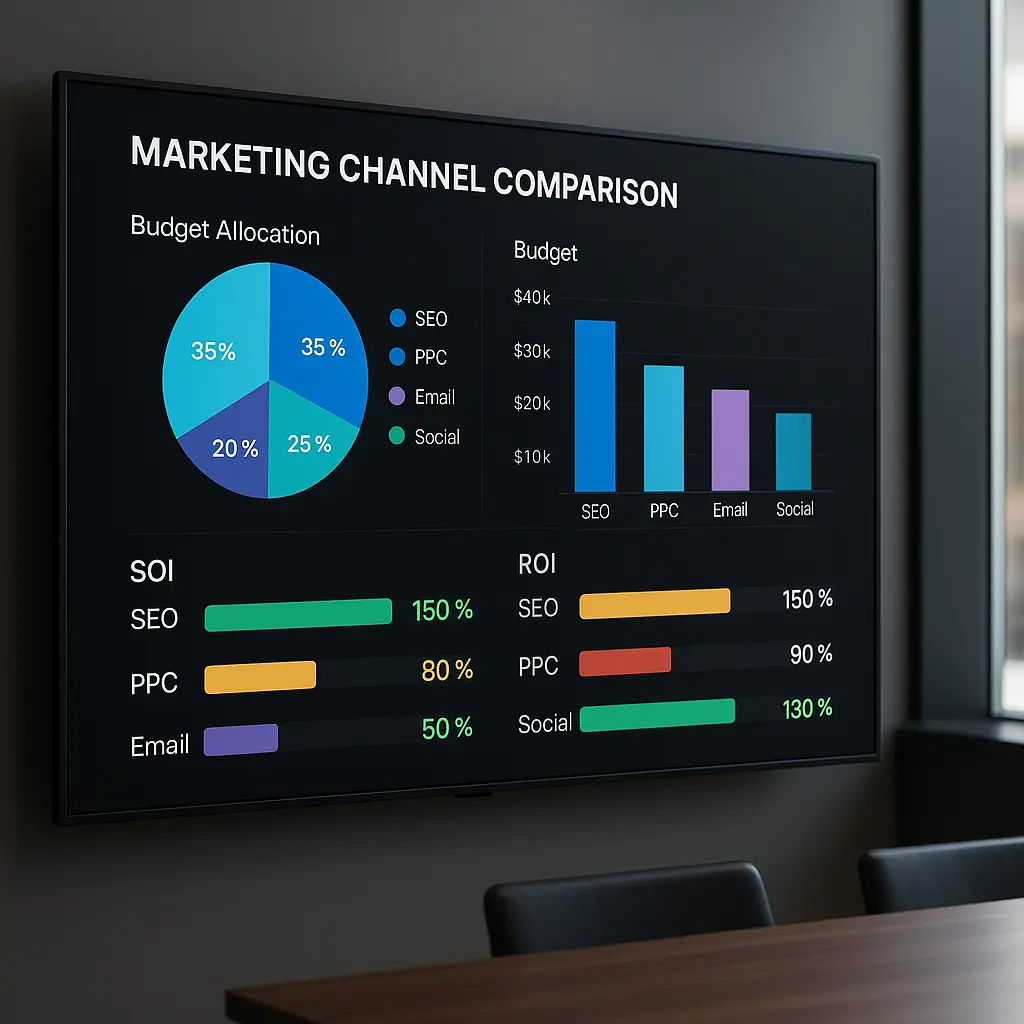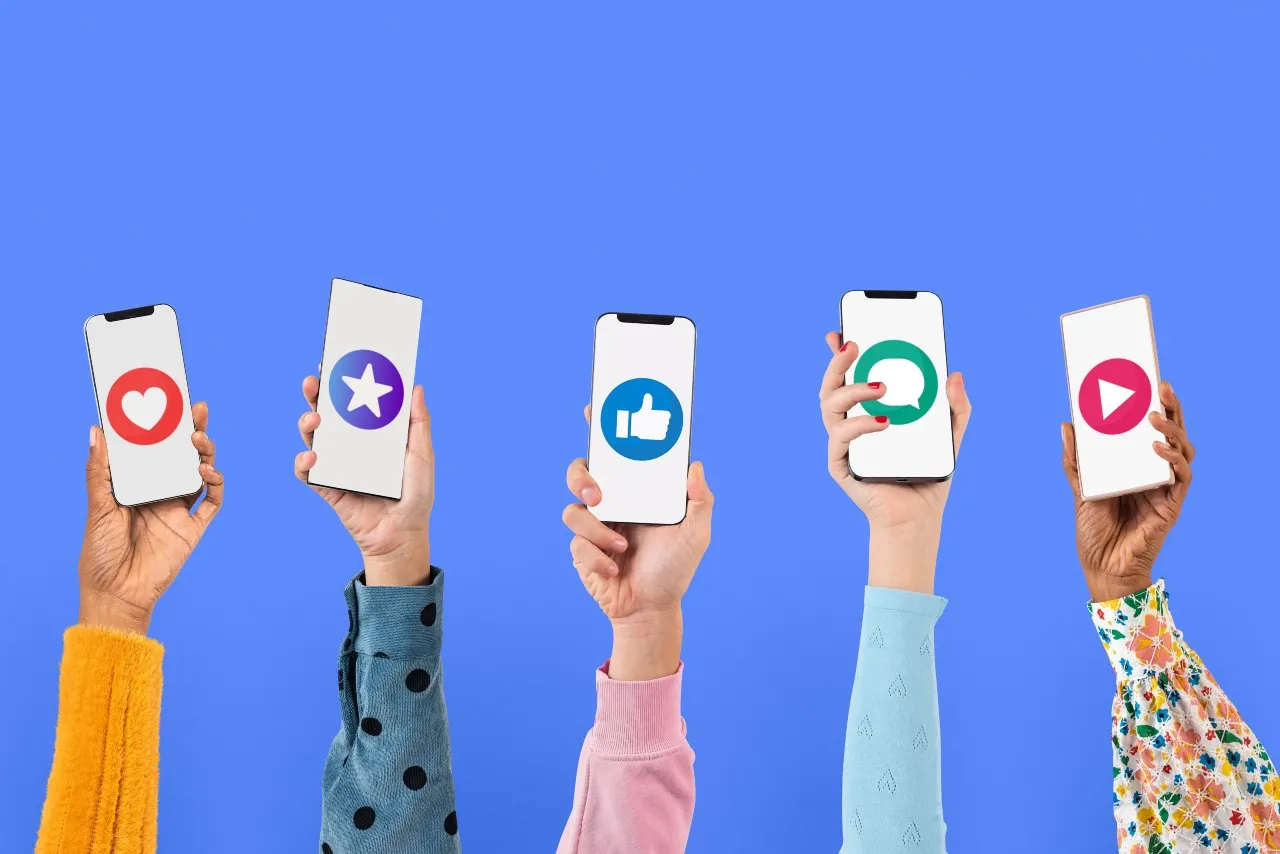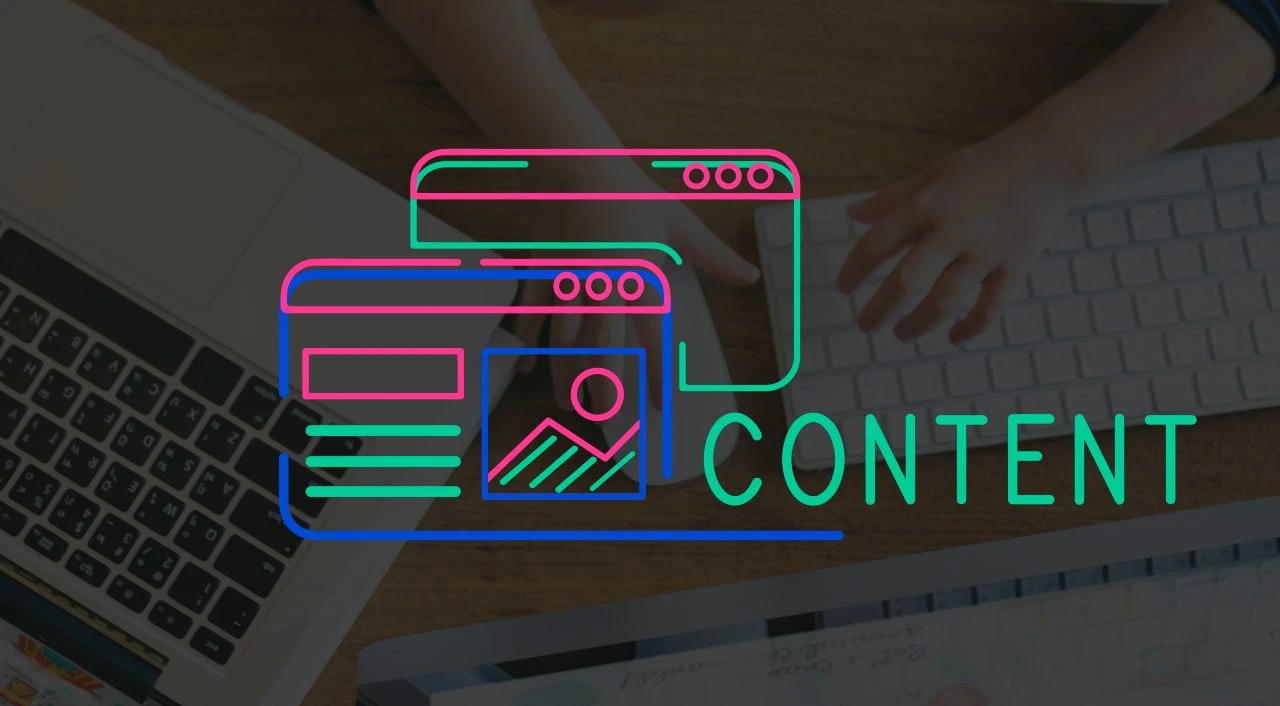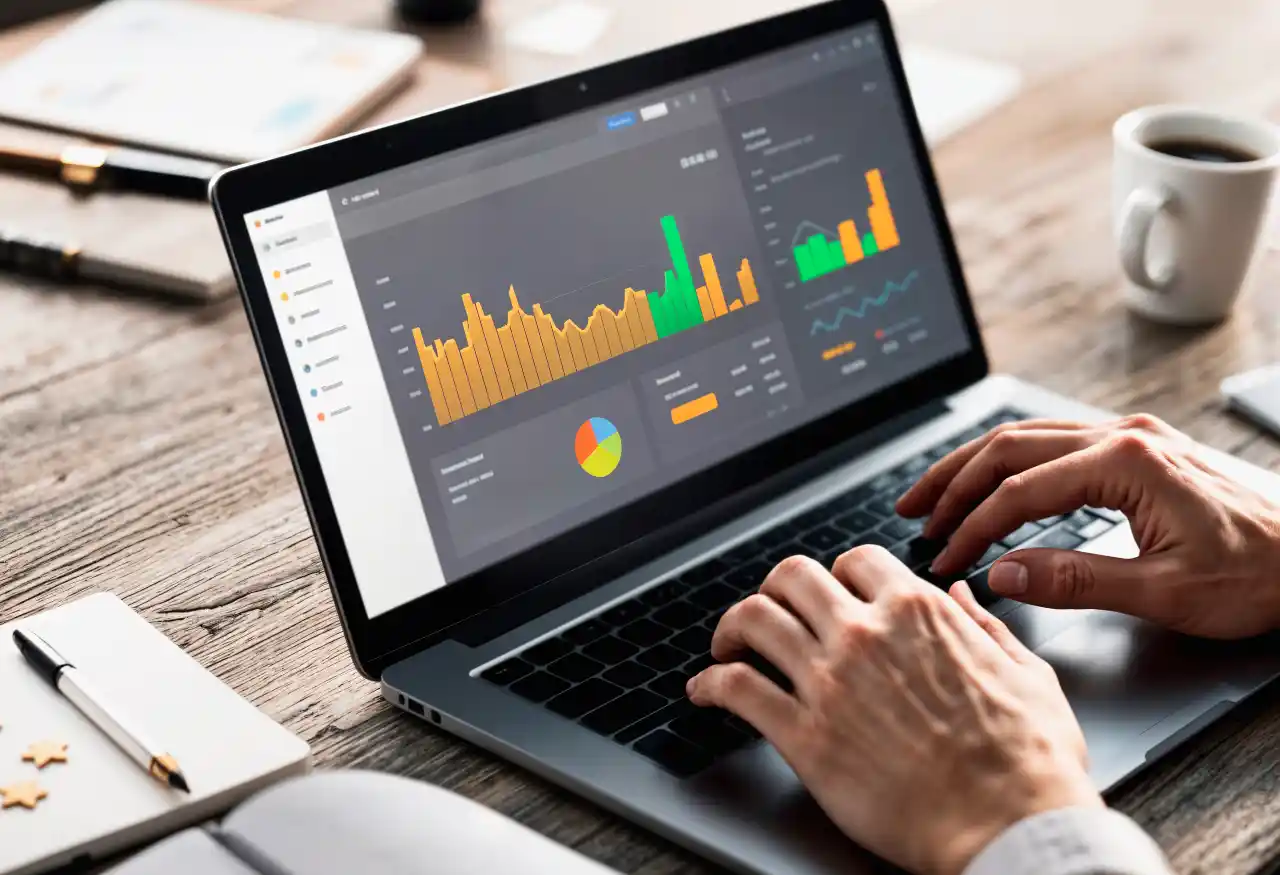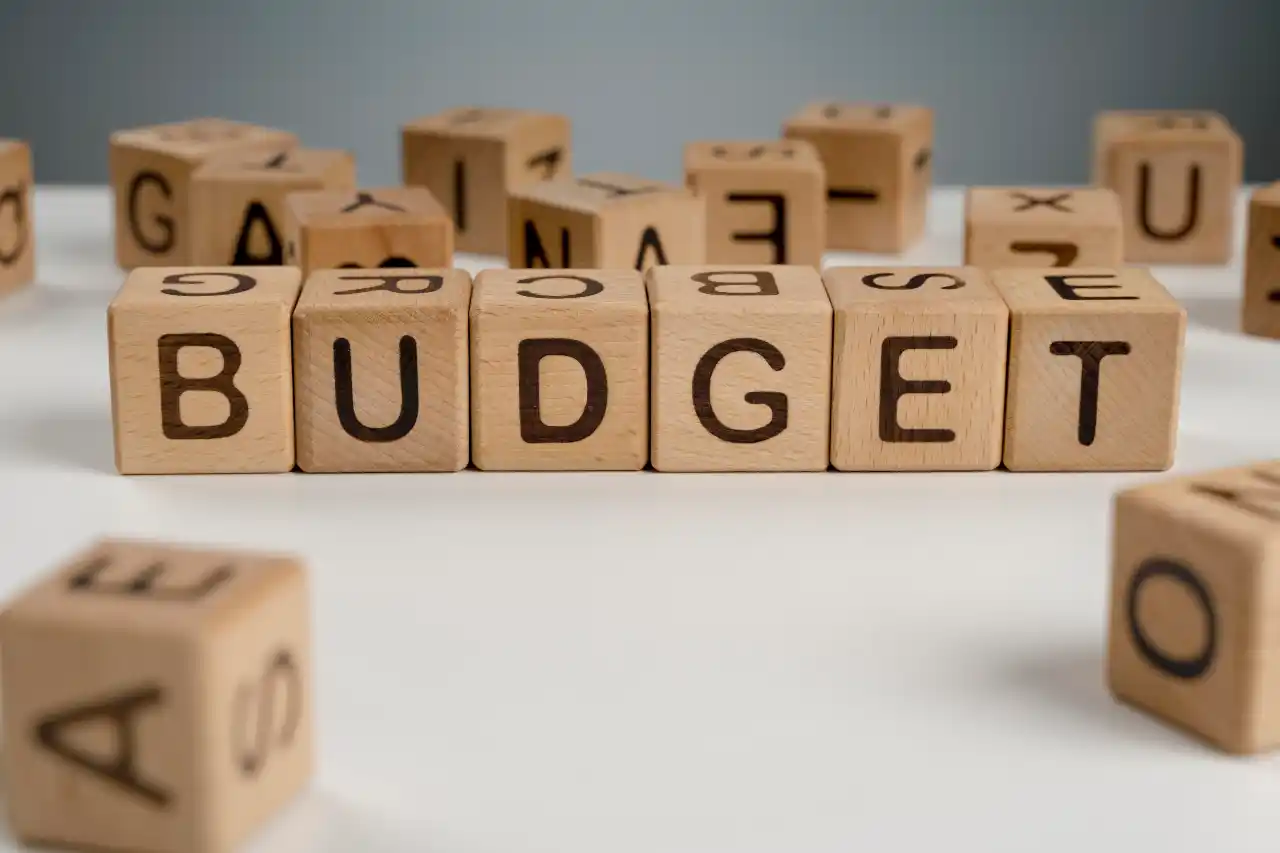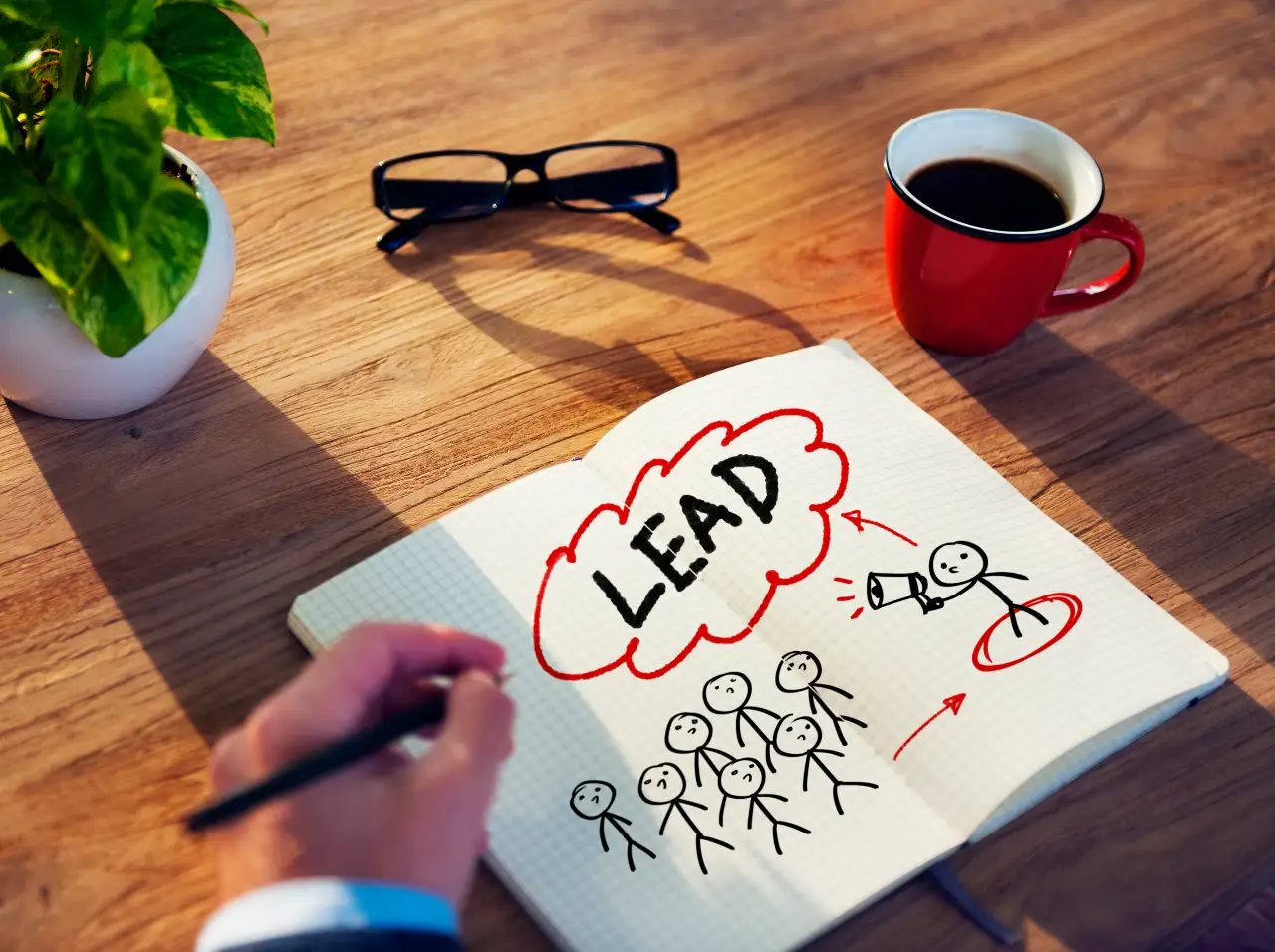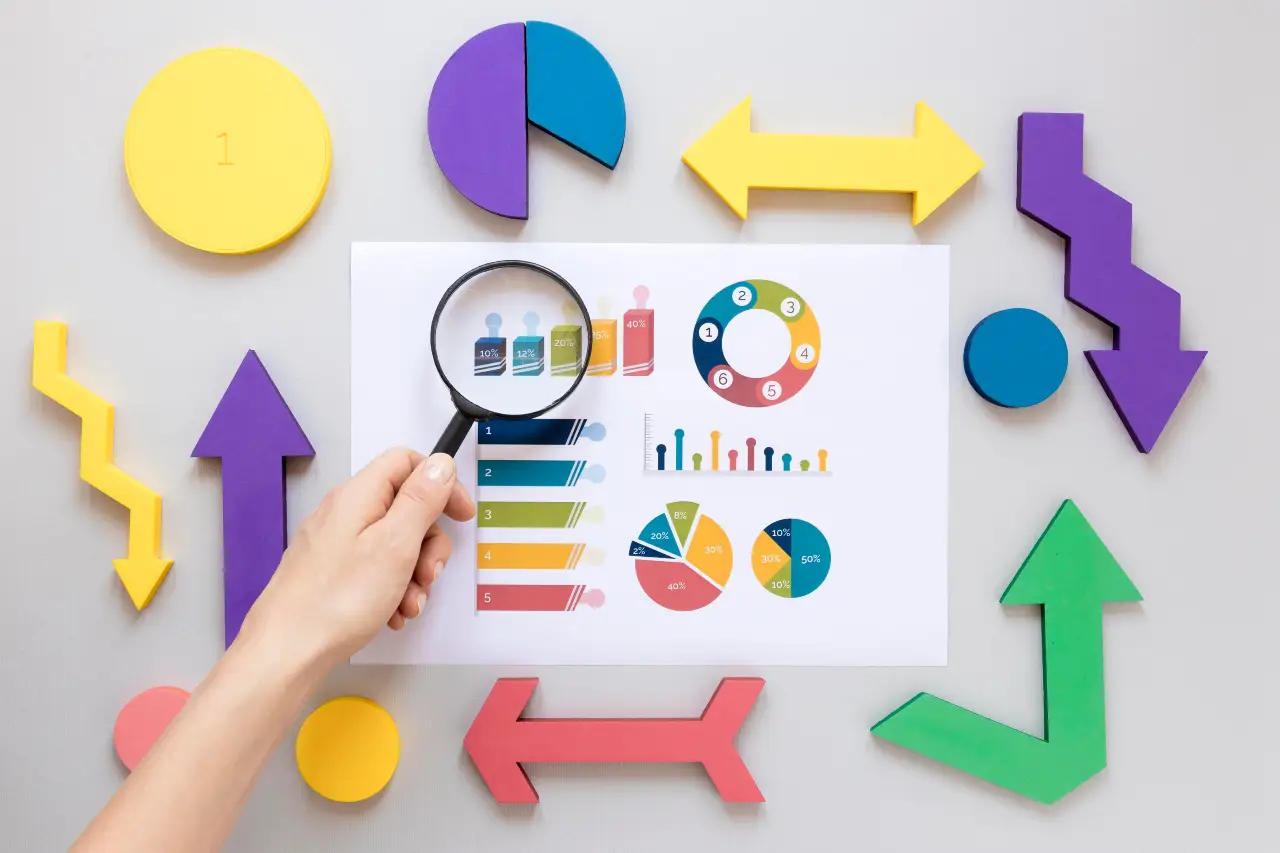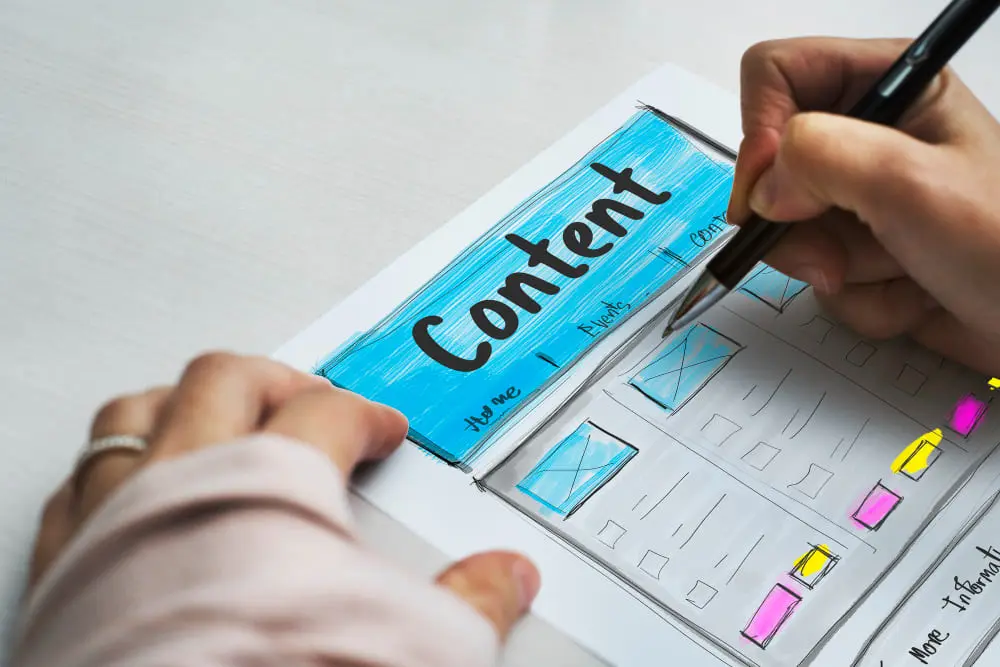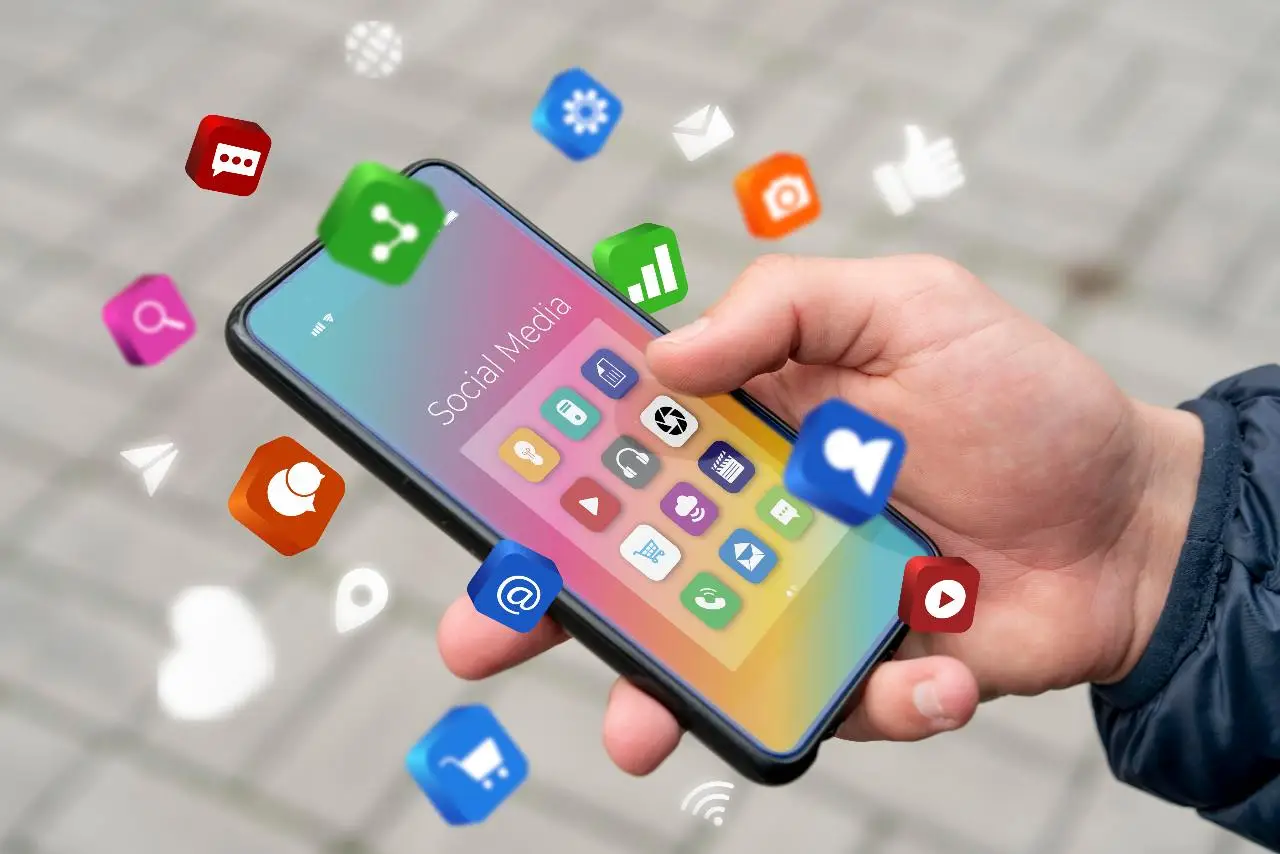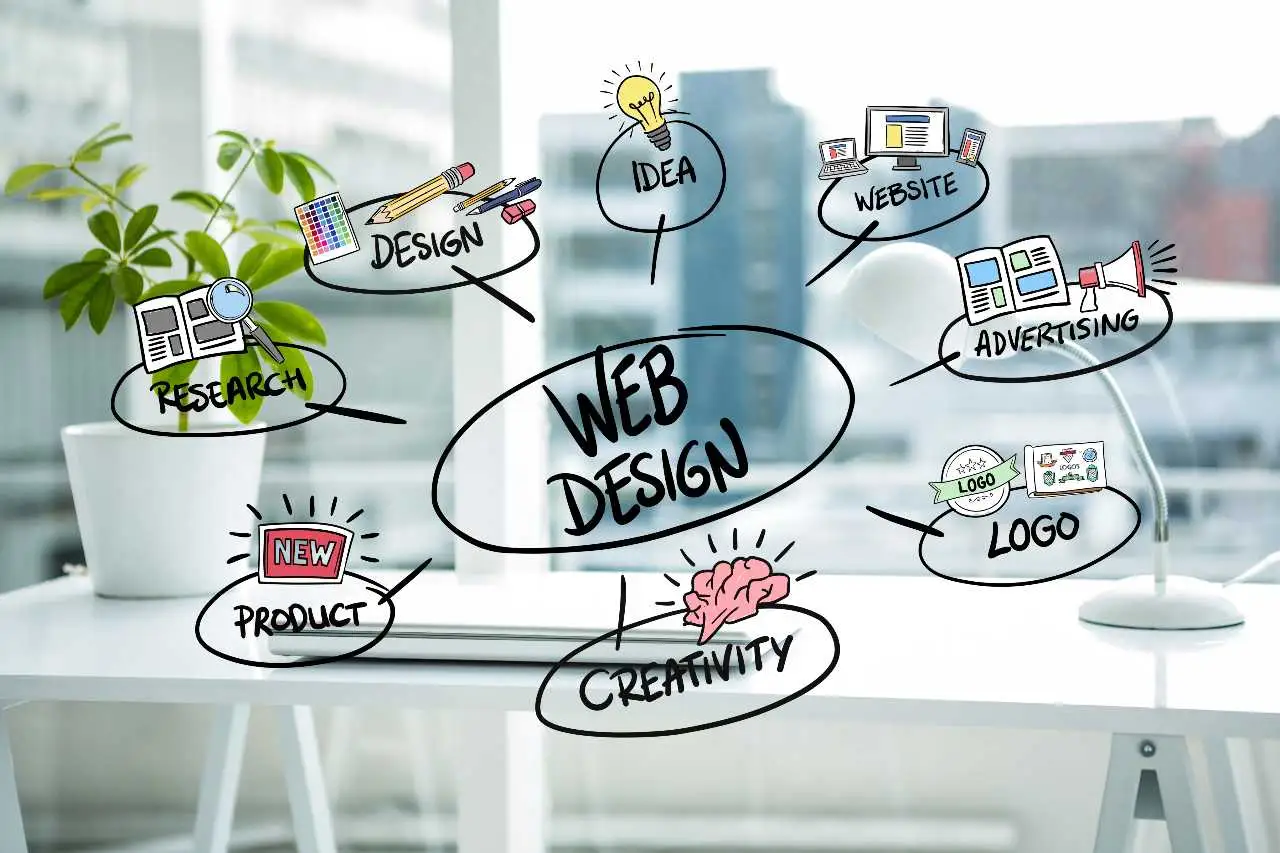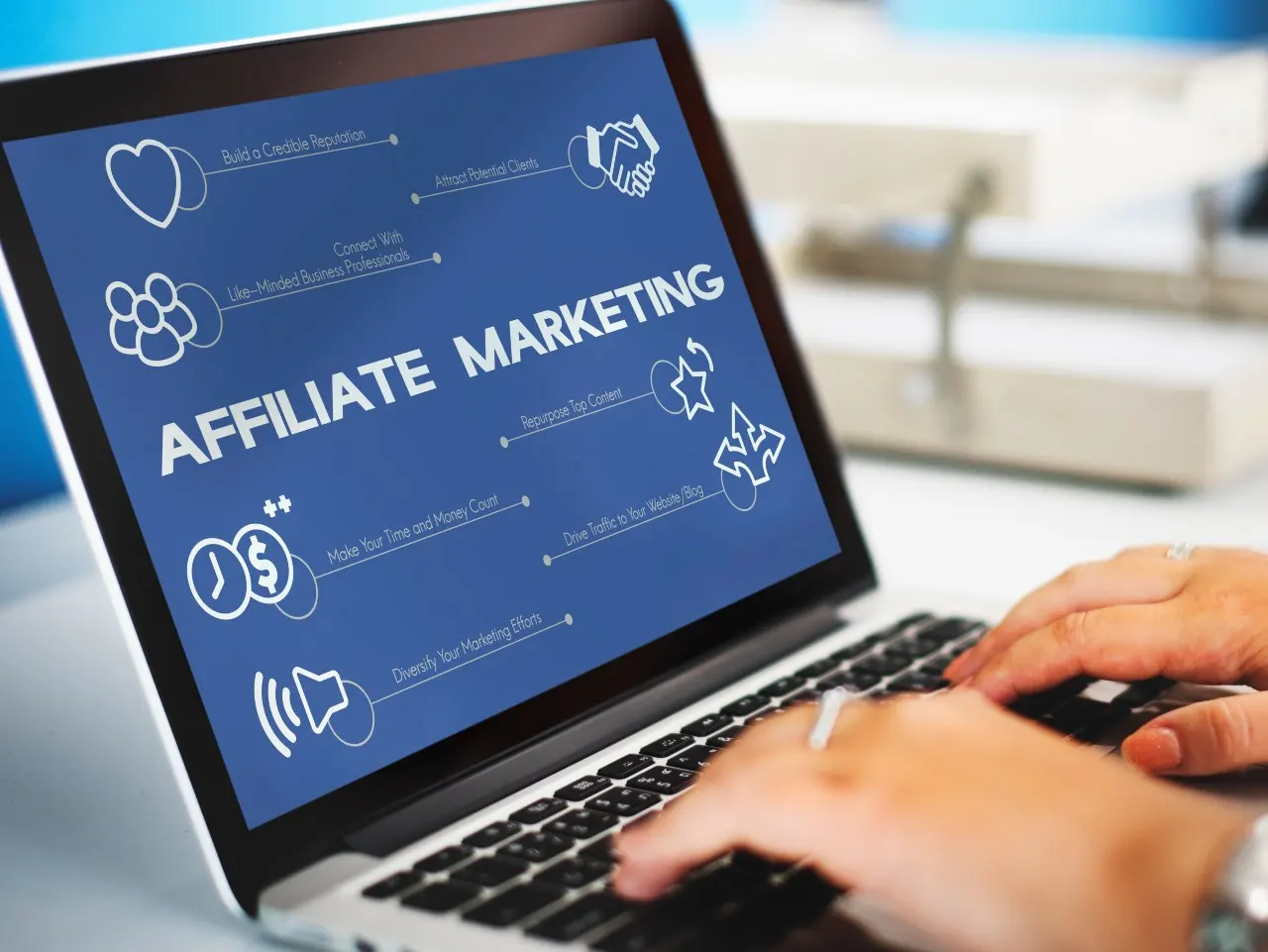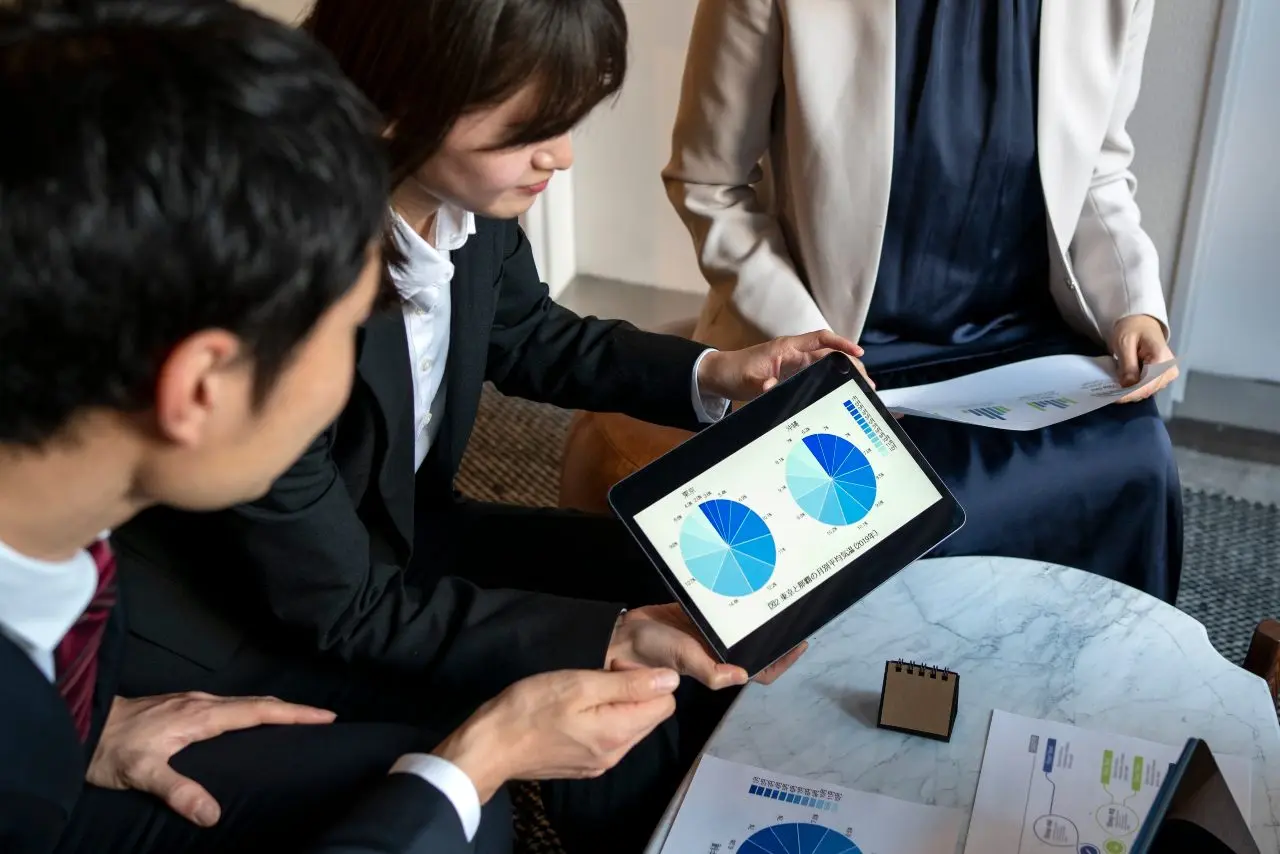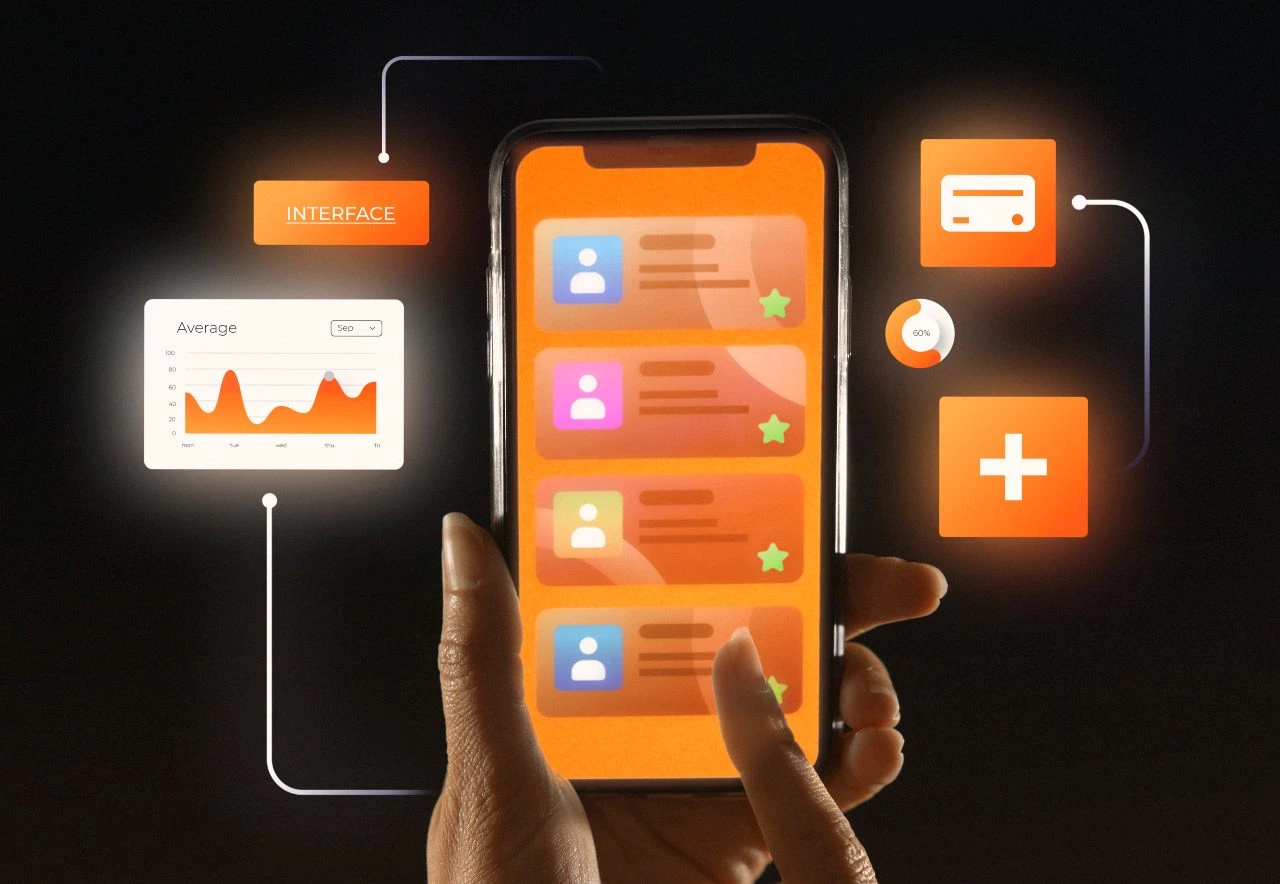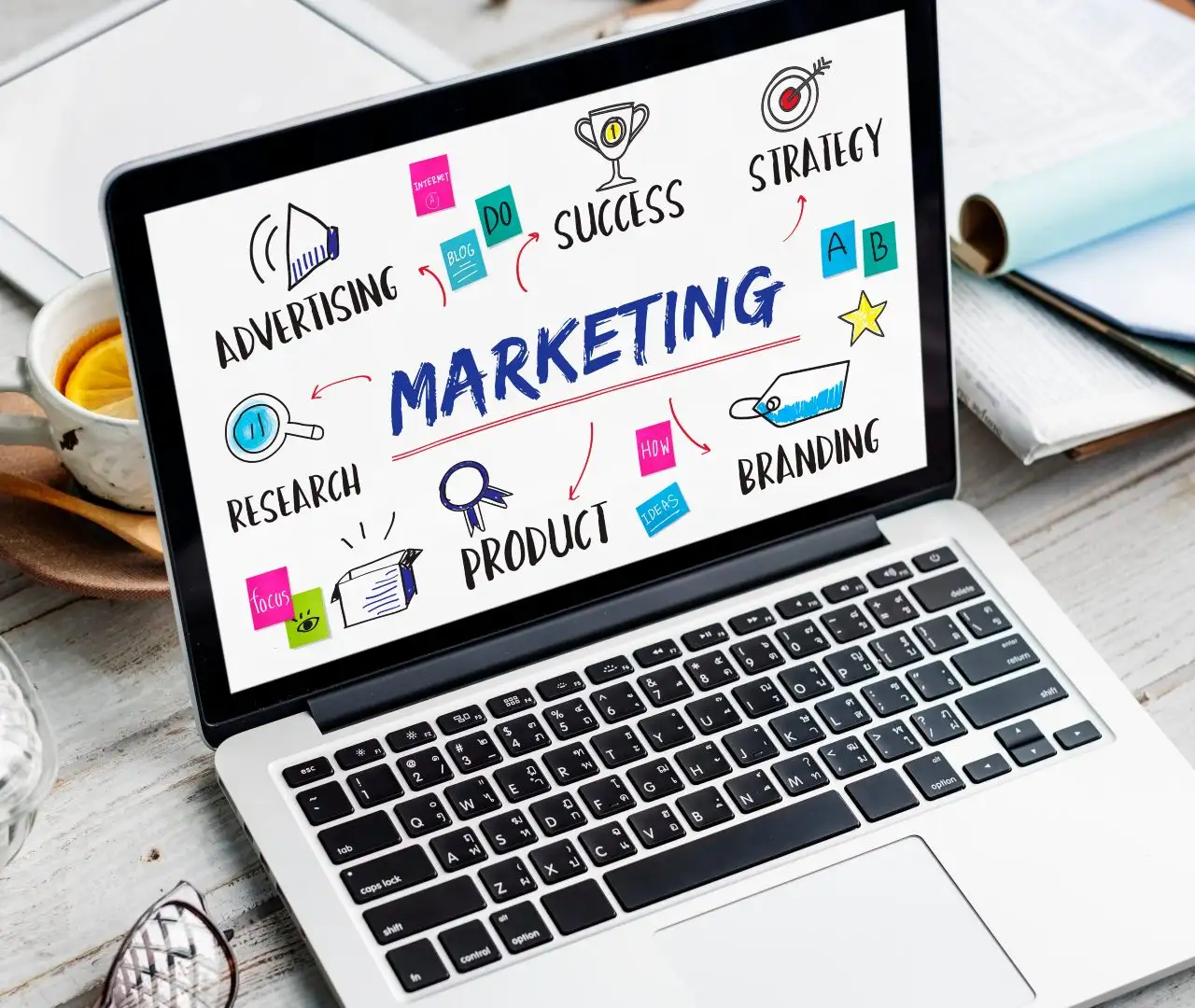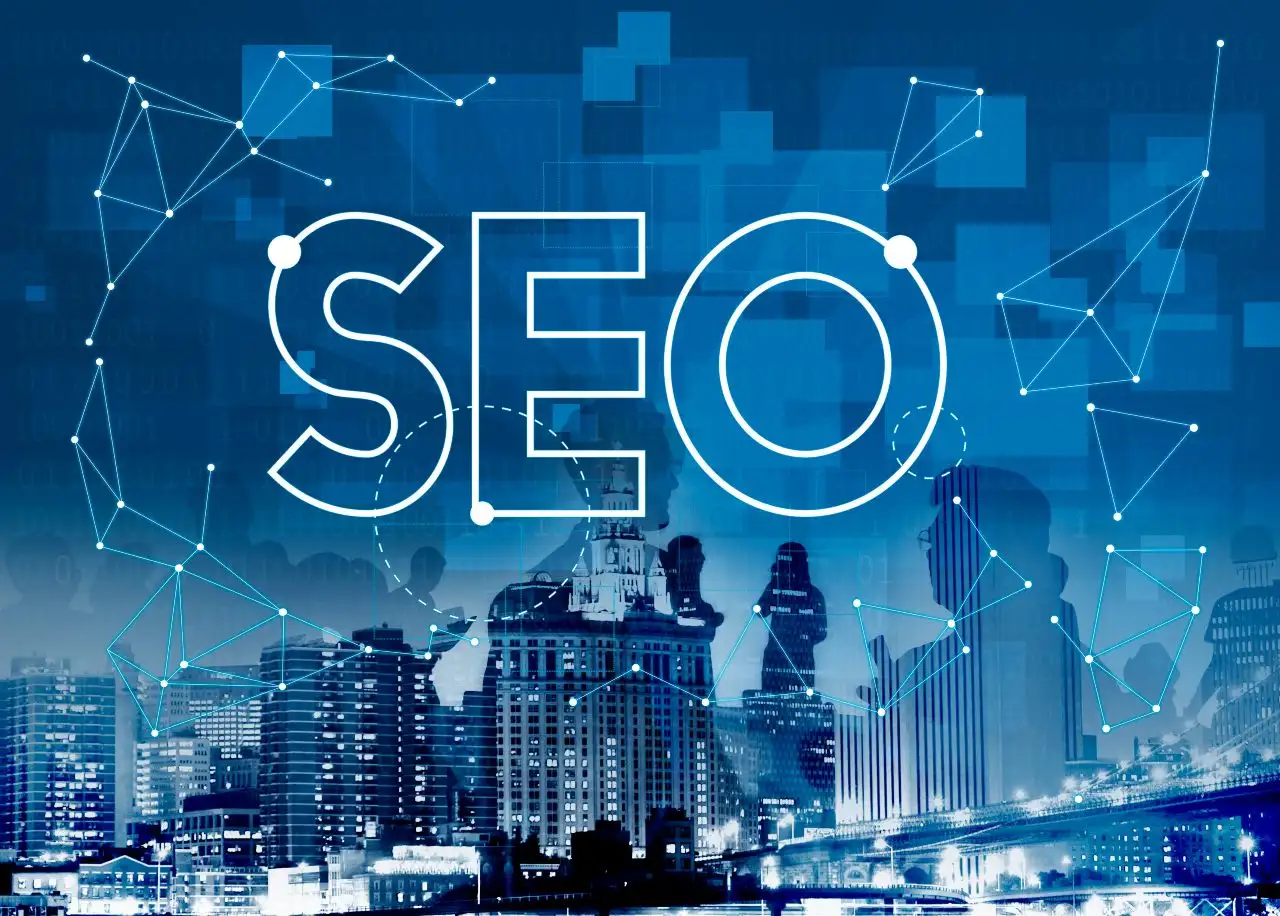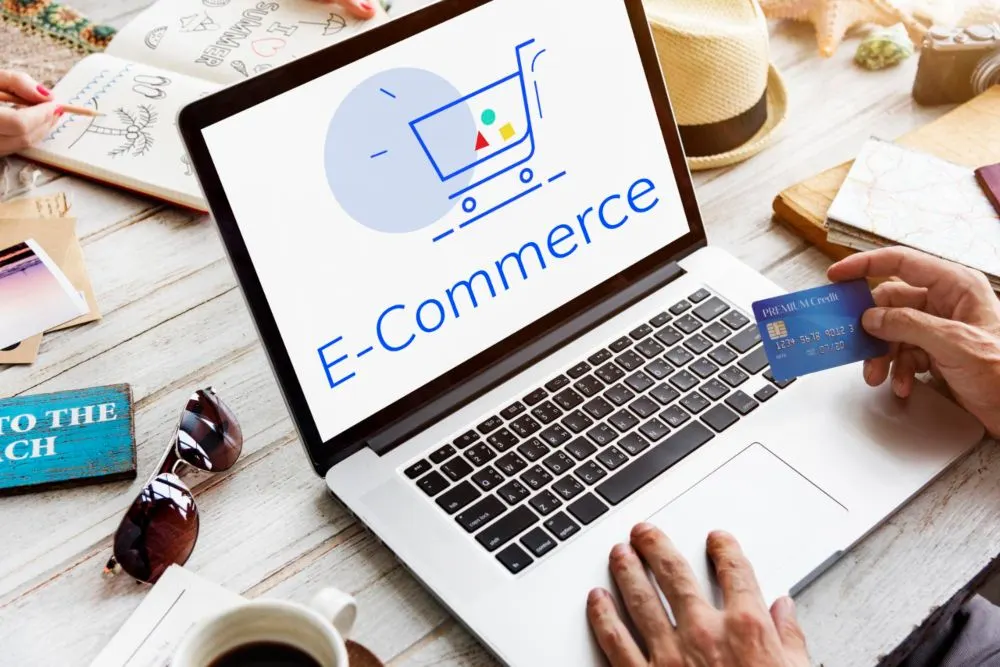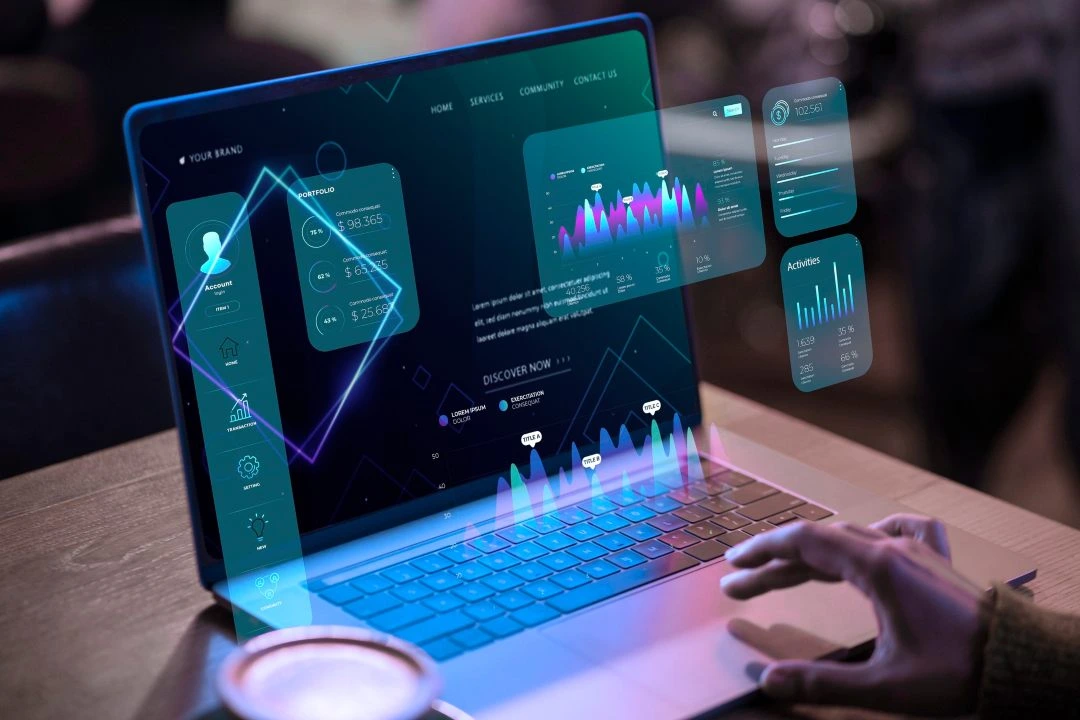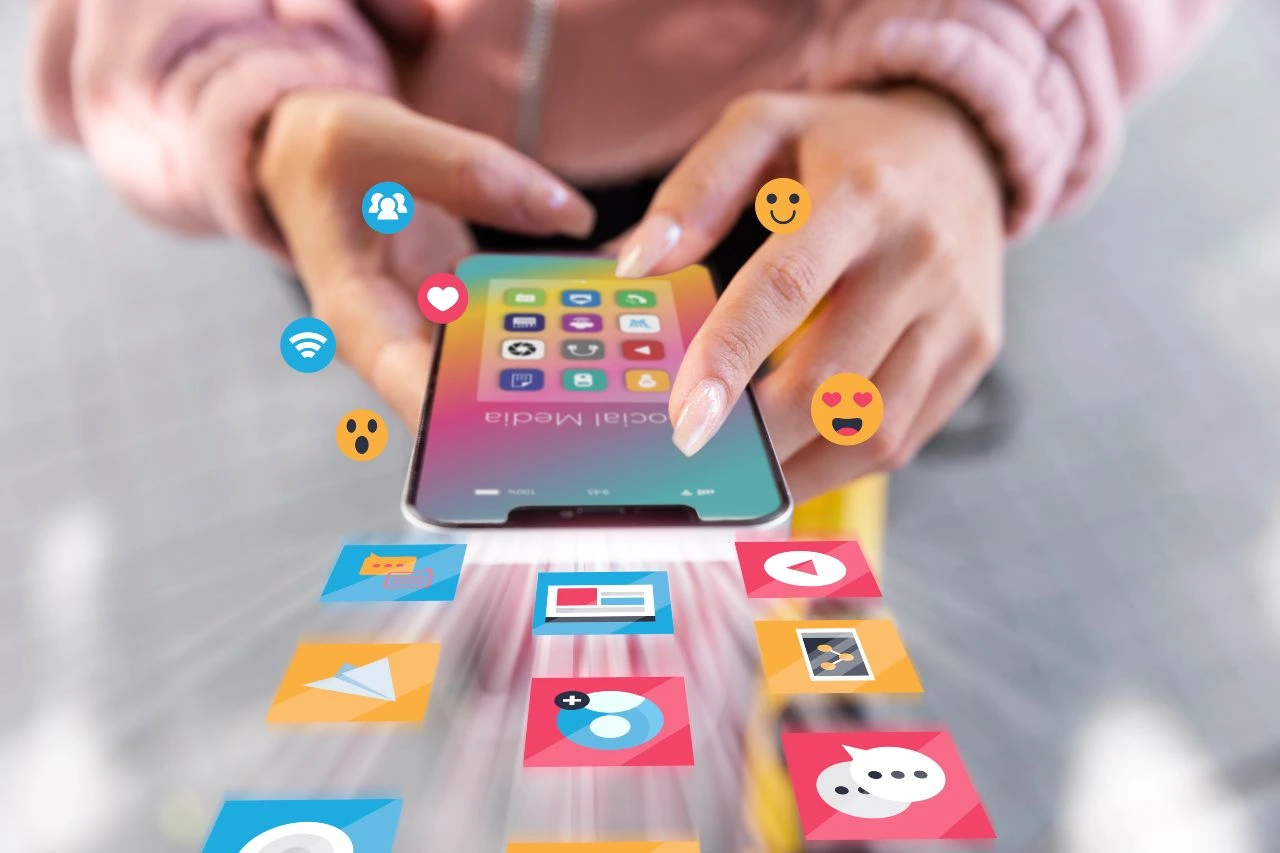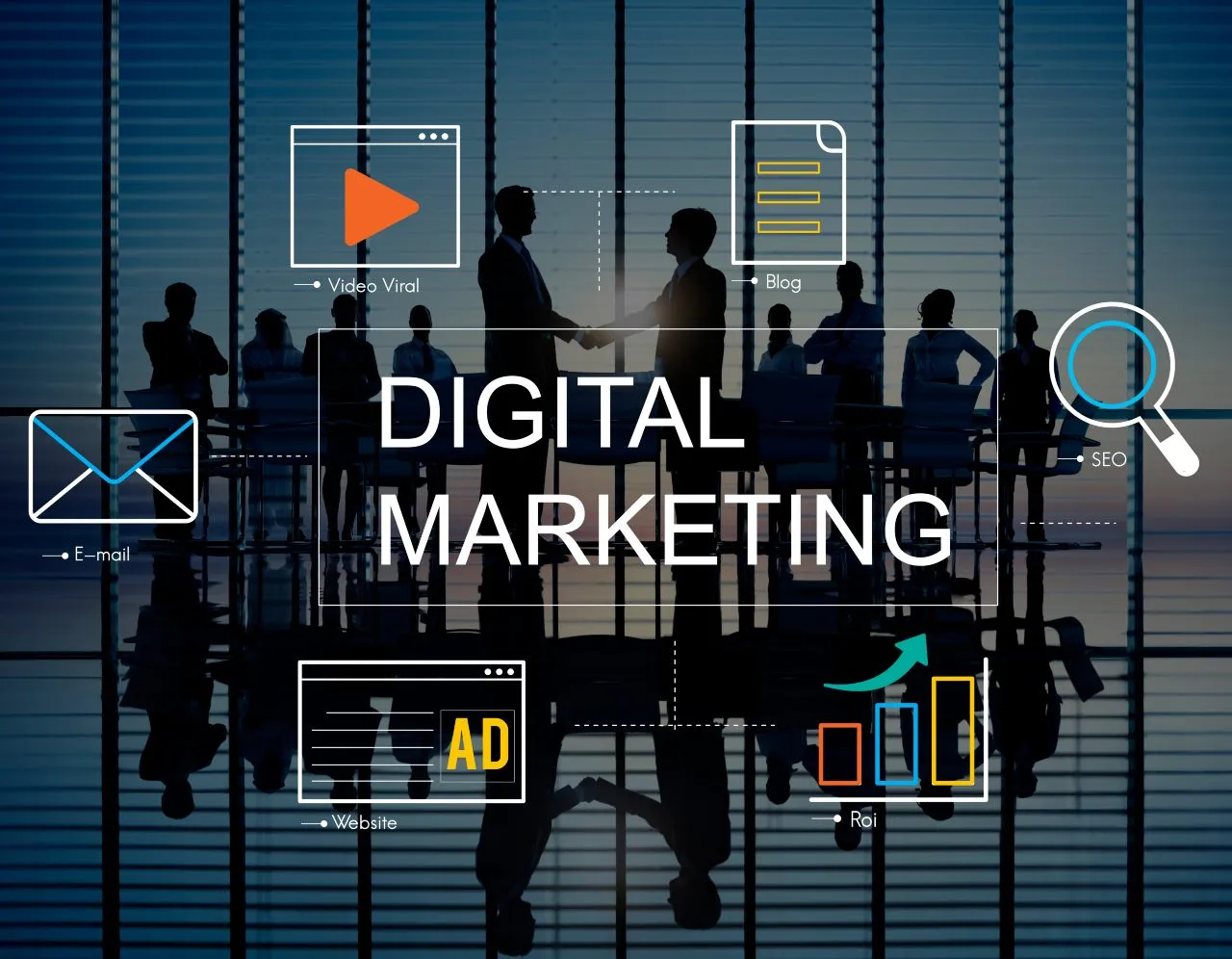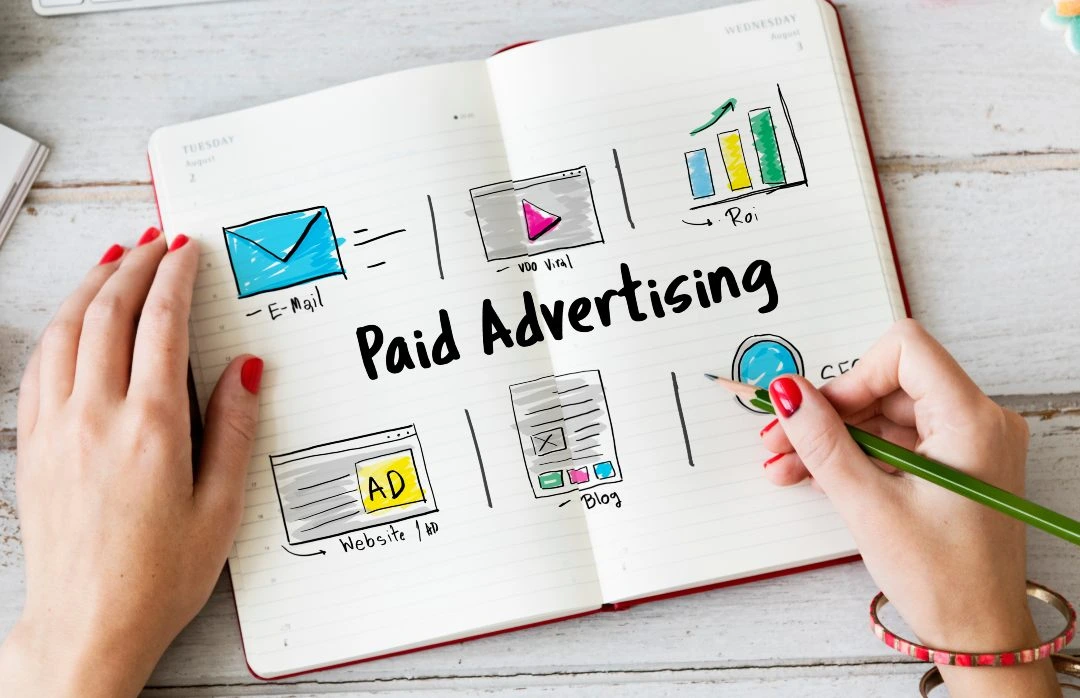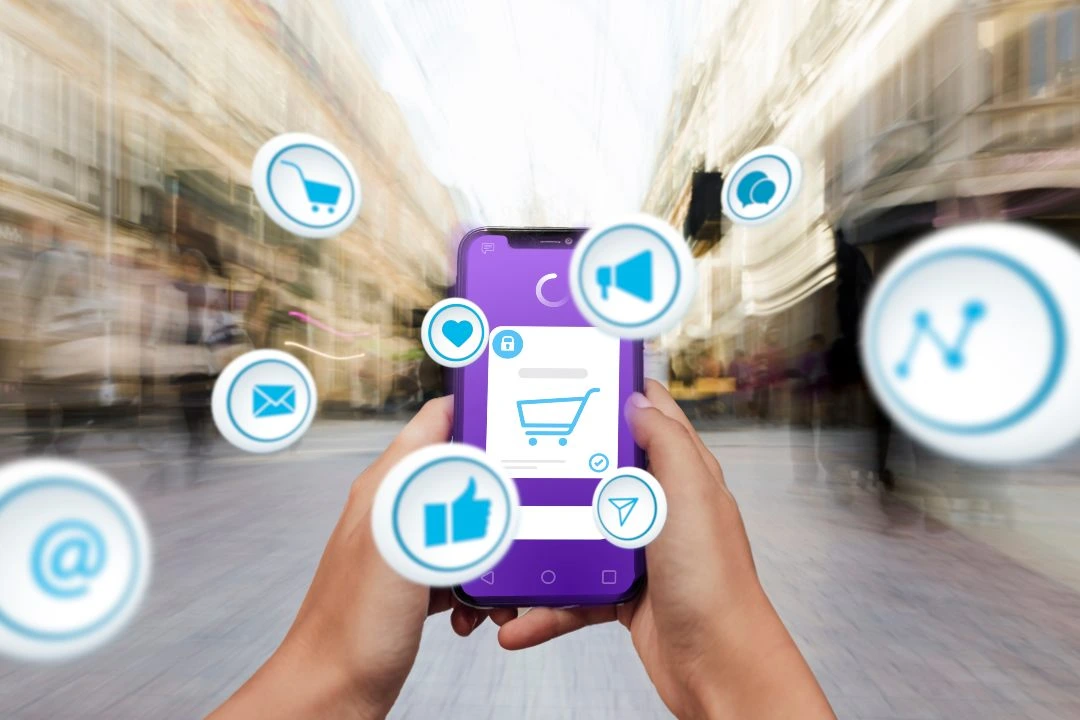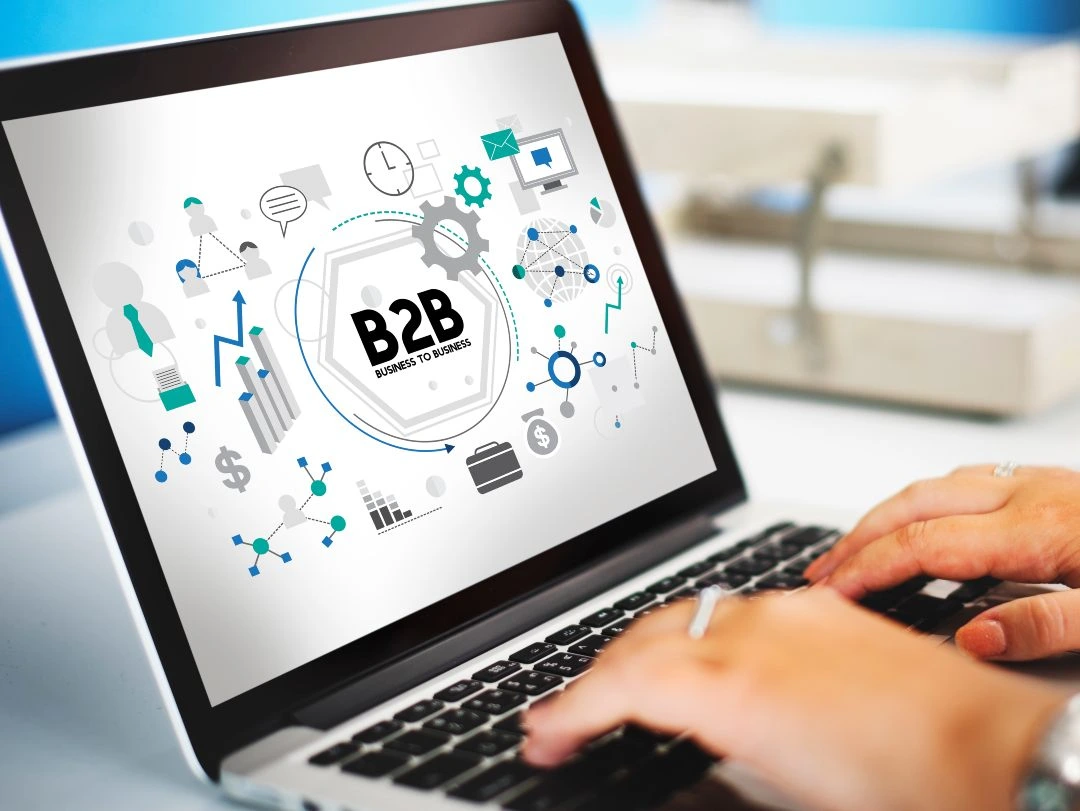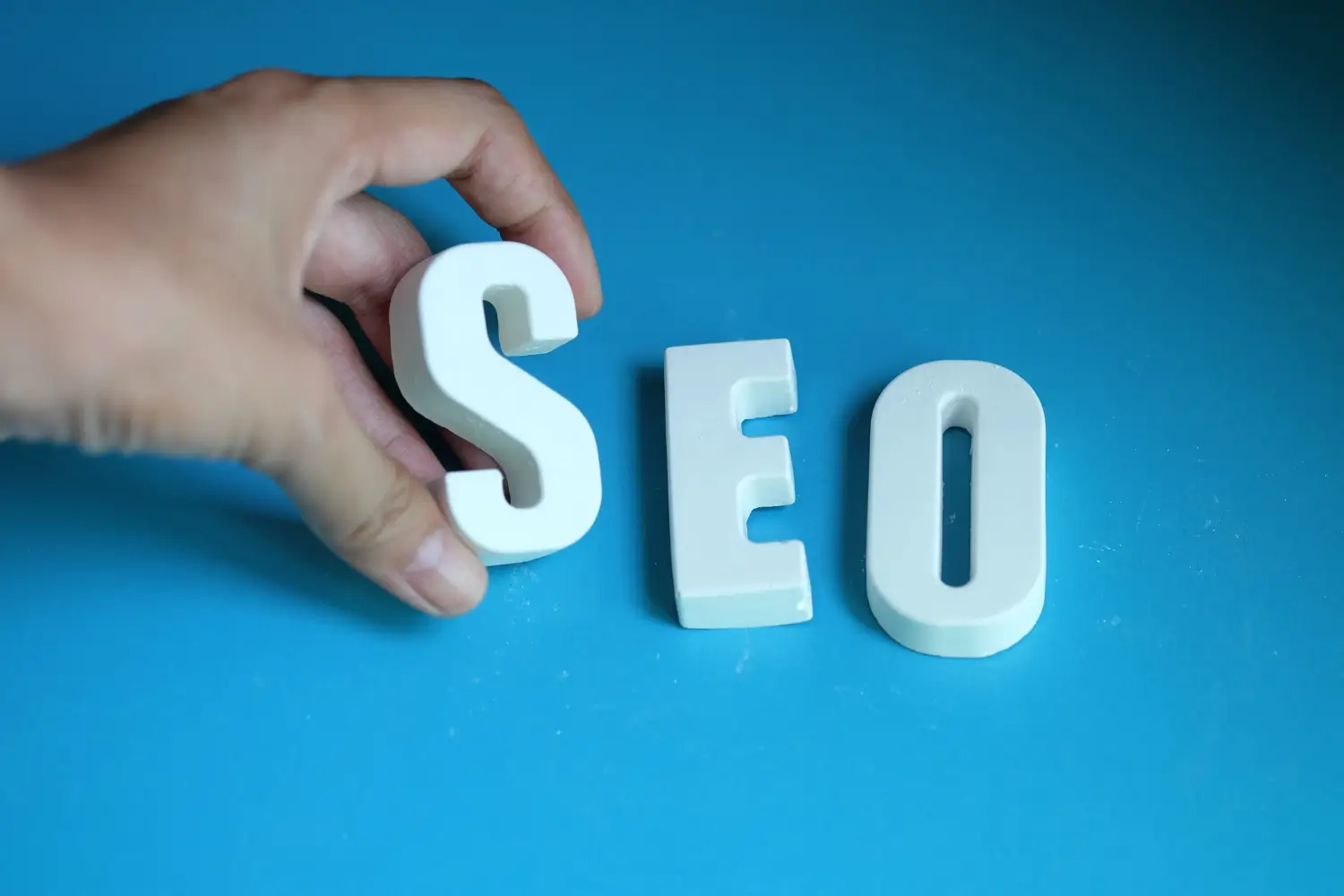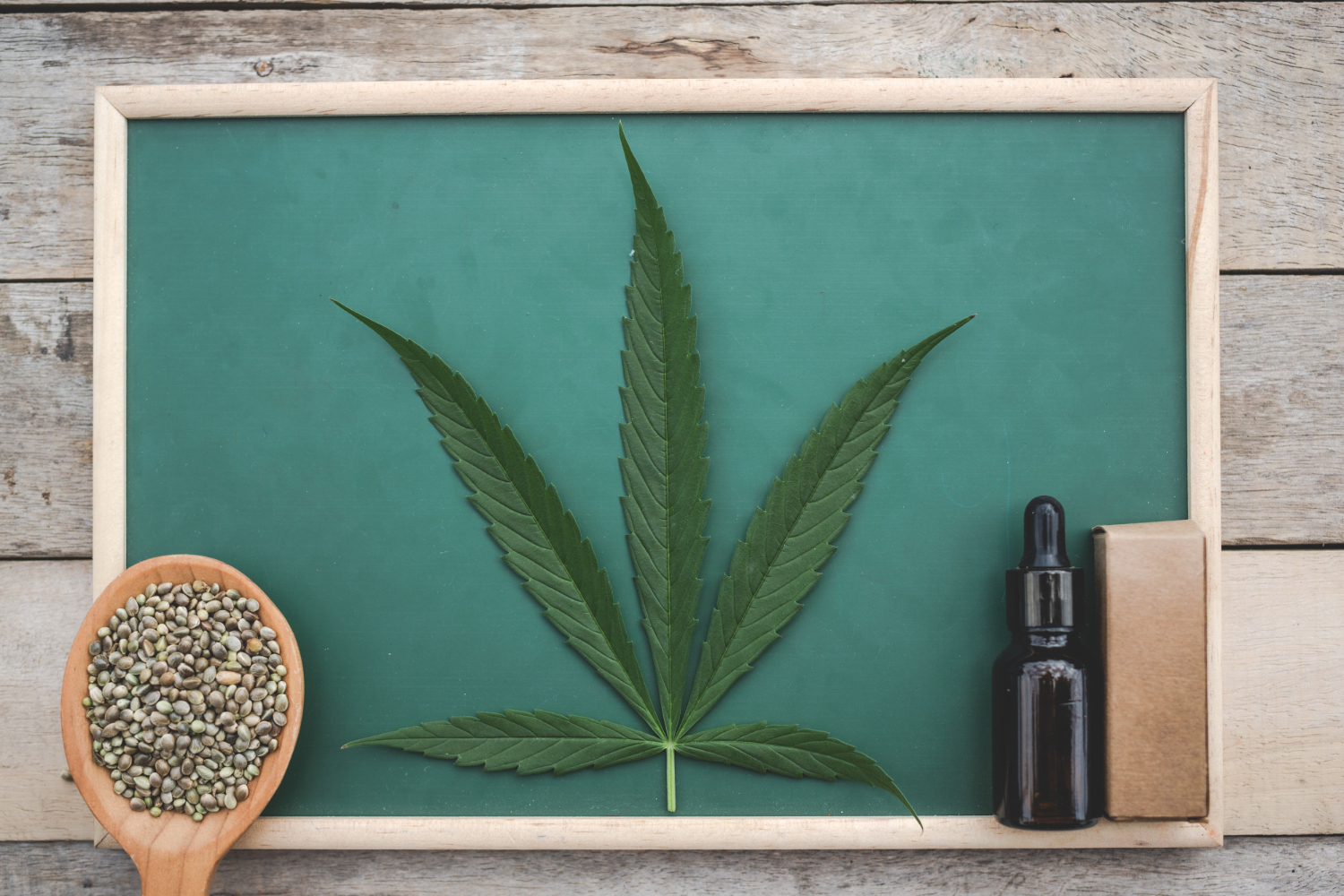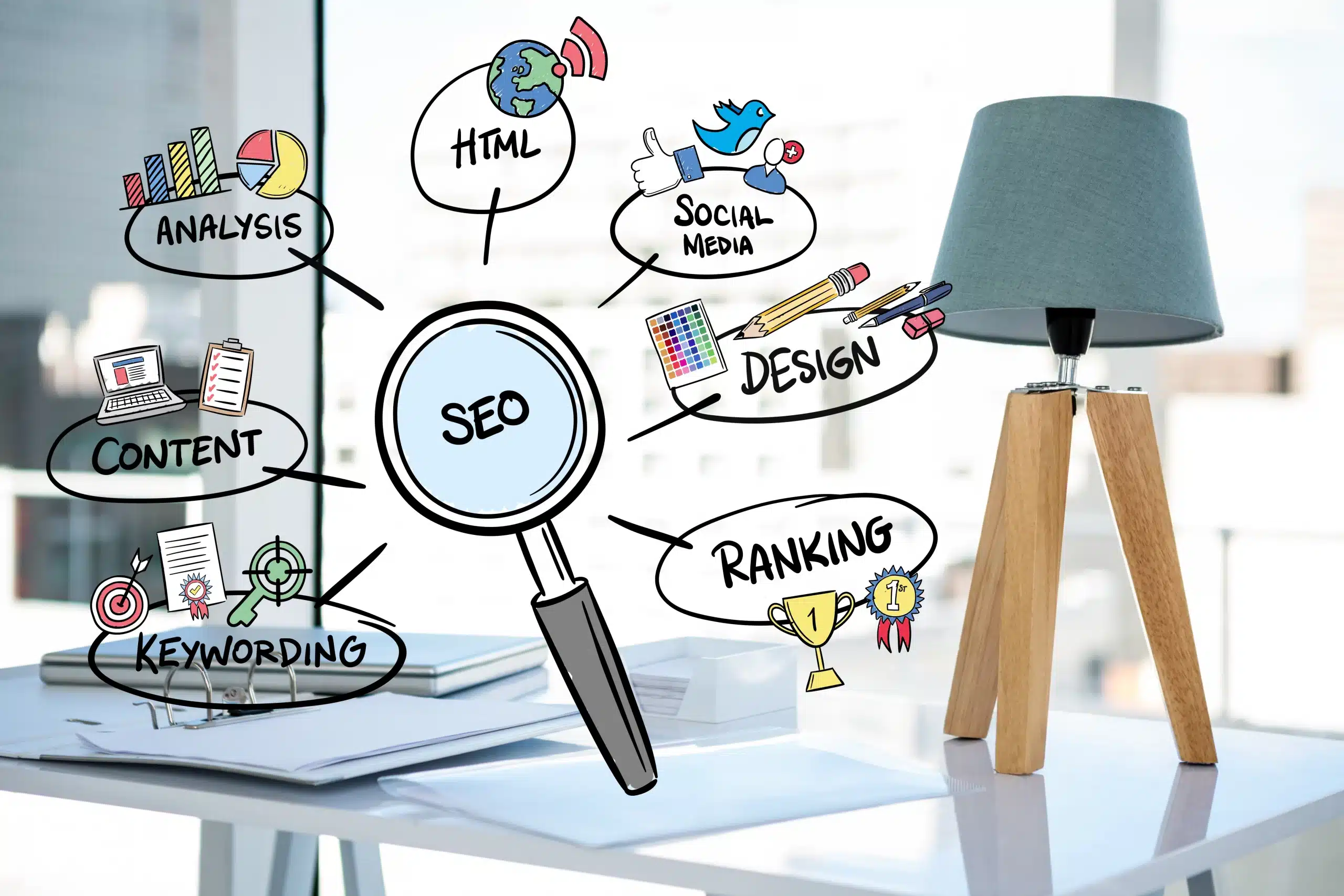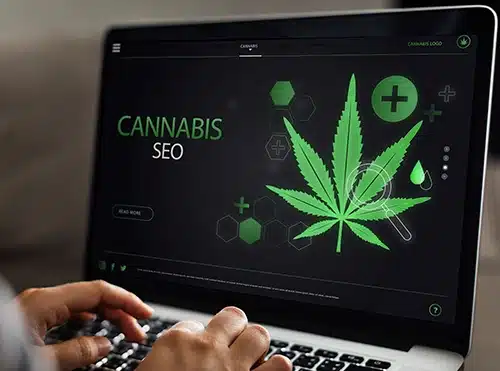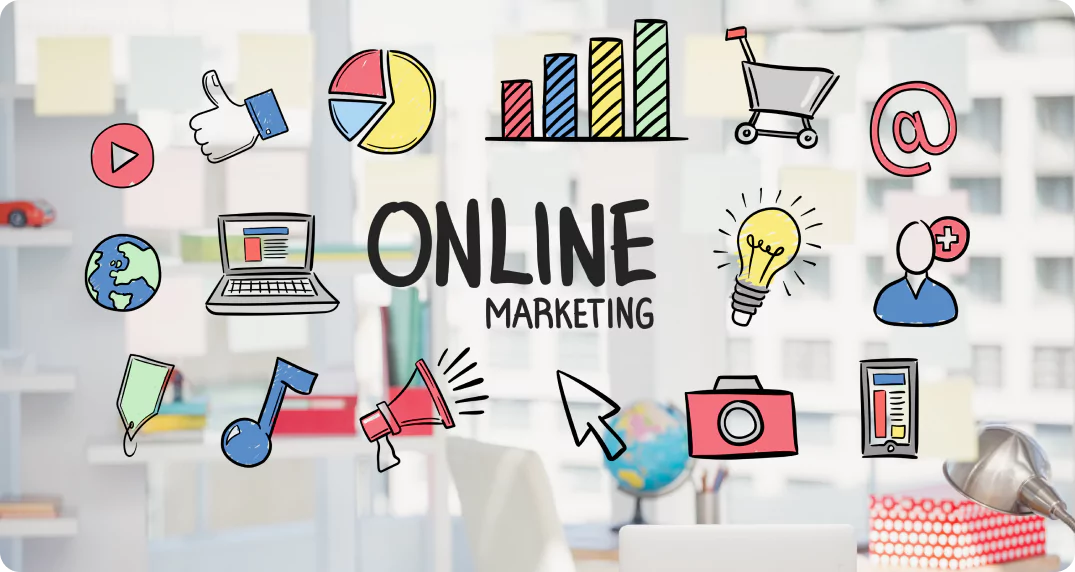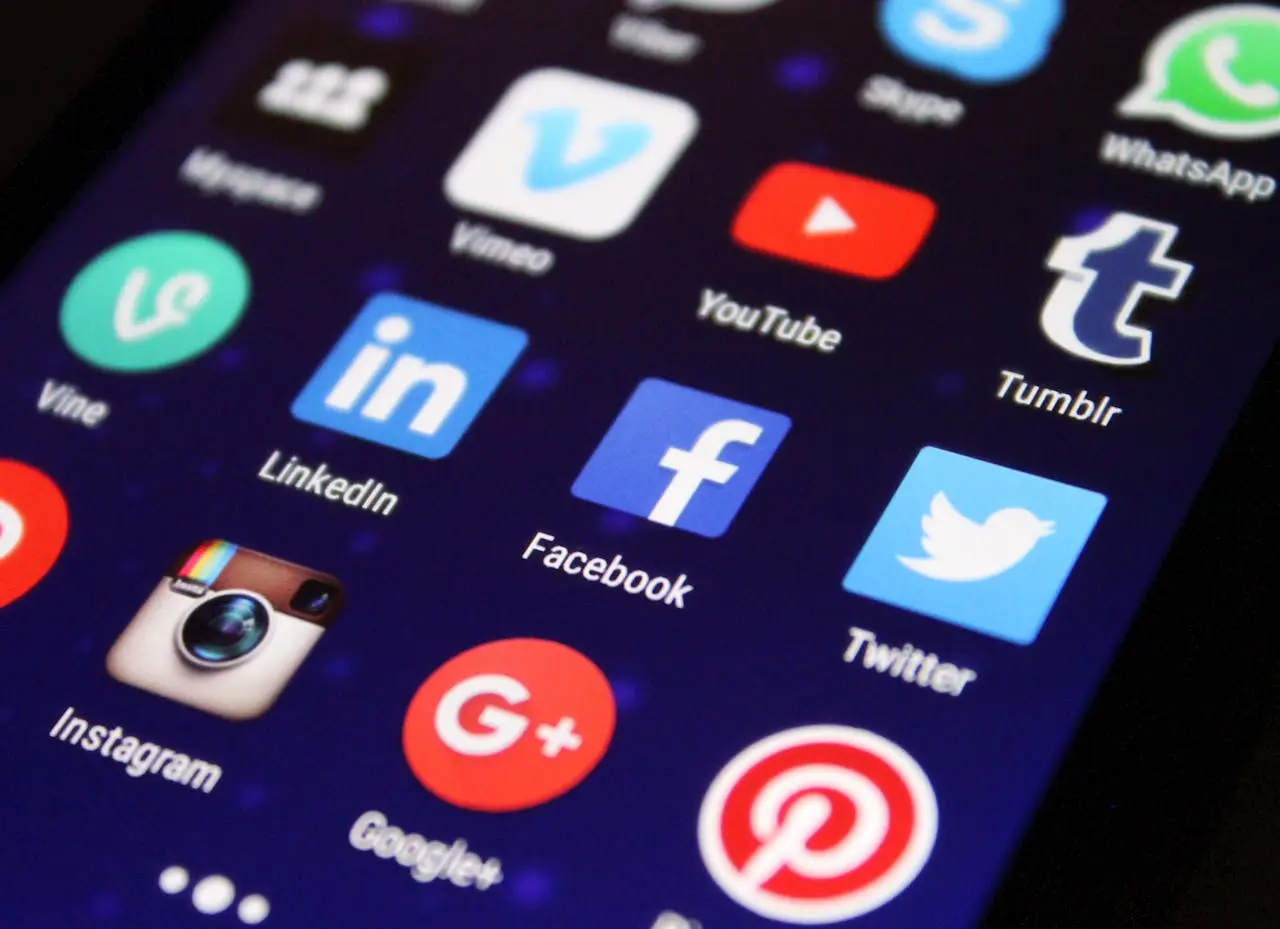How Marketers Are Redefining Campaign Success in 2025
Are your B2B marketing strategies ready for 2025? As the digital landscape evolves, so too must the metrics we use to define campaign success. This isn’t just about vanity metrics anymore; it’s about tangible ROI, customer retention, and adapting to shifting buyer behaviors.
In an era increasingly shaped by AI, purpose-driven content, and extended purchase cycles, B2B marketers face a unique set of challenges and opportunities. From leveraging AI to enhance content strategies to understanding the impact of social media and video, there are a lot of factors to consider.
So, how are marketers redefining campaign success metrics to meet these demands? Let’s dive into key trends, statistics, and actionable insights that will shape B2B marketing in 2025.
New Metrics and Benchmarks Marketers Use to Define Success
Gone are the days when open rates and impressions alone dictated a campaign’s fate. As budgets tighten and scrutiny on ROI intensifies, marketers are shifting focus toward deeper engagement and data-driven performance markers. Adapting to these new expectations is crucial, as today’s measurement tools empower teams to connect the dots between every touchpoint and true business impact.
- 70% of marketing leaders now prioritize multi-touch attribution to evaluate campaign performance—up from 54% two years ago.
- 46% of marketers consider customer lifetime value (CLTV) their most critical KPI, signaling a move from one-off conversions to long-term relationships.
- Dynamic personalization drives a 29% increase in campaign ROI compared to generic messaging.
- 81% of teams are using predictive analytics to segment audiences and forecast campaign outcomes.
- Only 38% of marketers still rely on last-click attribution as their primary method.
- Marketers who align KPIs across sales and marketing are 53% more likely to surpass their revenue goals.
Takeaway: The definition of campaign success is evolving beyond surface-level metrics. Marketers who embrace advanced attribution, prioritize lifetime value, and foster tighter sales alignment are not only answering for their budgets—they’re setting the pace for industry standards. Looking forward, the brands thriving will be those that treat measurement as both a science and a strategy, investing in technology and cross-team collaboration to prove—and improve—impact at every stage.
Pro Tip: Reassess your reporting dashboards and KPIs at least twice a year. Involve both sales and customer success teams to ensure your success metrics reflect the entire customer journey—not just the marketing handoff.
Where AI is Accelerating B2B Marketing Impact
As generative AI and automation tools hit their stride, B2B marketers are no longer just experimenting—they’re scaling, and the results are measurable. AI is now a force multiplier in campaign orchestration, content, and sales alignment, turning data into actionable insights and freeing up talent to focus on strategy rather than repetitive tasks. For organizations aiming to move faster and think bigger, AI isn’t just a backend tool—it’s shaping the very fabric of how modern B2B marketing operates.
- The global artificial intelligence market is projected to reach $407.0 billion by 2027, with an impressive CAGR of 36.2% from 2022 to 2027 demonstrating AI’s explosive industry momentum.
- 76% of marketers are deploying AI to boost productivity, while 52% view AI as a lever for stronger customer engagement.
- Half of B2B marketing leaders report current AI use, and 75% expect to adopt generative AI for promotion as adoption accelerates.
- 57% of B2B brands use generative AI to speed up content production; 41% rely on it for campaign innovation, and 35% credit it for delivering a competitive edge.
- Sales professionals leveraging AI tools are 3.7 times more likely to hit their quotas versus those who don’t.
- 57% of U.S. B2B marketers have added AI chatbots to demand generation programs, deepening audience insights.
- Among U.S. B2B marketers using chatbots, 26% report a 10–20% bump in lead generation volume.
What’s clear is that AI is no longer an optional upgrade; it’s already reshaping the competitive landscape, empowering marketing teams to move with greater speed, agility, and relevance. The most successful B2B organizations are moving beyond basic automation, weaving AI into content ideation, segmentation, campaign optimization, and real-time customer engagement.
Pro Tip: To realize AI’s true potential, don’t just focus on the shiniest new tools. Start by identifying bottlenecks or repetitive processes in your workflow where AI can create time savings or deliver sharper insights—then expand strategically into content, personalization, and predictive analytics for maximum business impact.
The Next Wave: AI, Social Spend, and Purpose-Driven Storytelling in B2B Content
Staying relevant in B2B marketing means far more than simply publishing more content—it’s about crafting experiences that stand apart, resonate with values, and leverage the latest technology. As the battle for attention intensifies and customers demand both authenticity and efficiency, leading marketers are leaning into AI, ramping up social investments, and putting purpose at the heart of their content strategies. Here’s a snapshot of how these trends are set to shape campaigns in the year ahead:
- 43% of B2B marketers say it’s a challenge to set their content apart, but 56% are betting on AI-powered automation in 2025 to bridge that gap.
- B2B social ad spending is on track to surge by 46.2% in 2025, hitting $9.66 billion—a clear signal that brands are taking visibility and targeted engagement seriously.
- 56% of B2B marketing teams are committing more budget to original content production.
- Over half of all businesses plan to increase their content marketing budgets in 2024, underscoring the fierce competition for audience mindshare.
- Video has emerged as the content king, with 58% of B2B marketers ranking it as their most effective tool.
- 53% of B2B marketers find case studies and customer stories particularly impactful, pointing to the growing demand for genuine, relatable narratives.
- Sustainability is a rising influence, with purpose-driven marketing gaining traction as more buyers seek out brands that align with their values.
As B2B marketers head into 2025, the lines between content, technology, and consumer expectations are blurring. Success is now defined by the ability to automate without sacrificing authenticity, amplify reach while fostering real connections, and invest in strategies that speak to both logic and values. The brands advancing fastest are those embracing AI for efficiency, deploying video and storytelling for impact, and elevating their mission to connect with today’s more mindful buyers.
Pro Tip: To find your competitive edge, start small by piloting AI for content ideation or distribution, then scale what works. Pair this with a blend of video formats—think testimonials, behind-the-scenes, or live Q&As—to humanize your brand. Finally, be vocal about your company’s purpose: when your values are clear, the right customers will find you—and stick with you.
Additionally, for businesses looking to streamline and strengthen their approach, considering B2B website strategy is crucial. A well-optimized website remains the cornerstone of any successful campaign, ensuring your content, purpose, and technology-driven tools have the right platform to shine.
The Realities of Data Integration, Martech Complexity, and Smarter KPIs in Modern Marketing
The surge in privacy regulations and the sunsetting of third-party cookies has triggered a fundamental rethinking of how marketers collect, manage, and activate data. In a landscape where content is everywhere but attention is scarce, mastering data integration and clarity around performance metrics is more than a technical upgrade—it’s now a strategic imperative. Industry leaders are no longer just amassing data, but seeking actionable insights that align their teams, inform their spend, and ultimately unlock more meaningful campaign ROI.
- Many marketers are shifting their focus to collecting first-party data directly from consumers through surveys, customer insights, and analytics tools, reducing reliance on third-party tracking. Source
- B2B marketers use, on average, 18 different data sources for reporting purposes. Source
- A significant challenge remains as only 65% of marketers report having high-quality data about their target audience, while 14% struggle with low-quality data. Source
- Only one in four marketers report that their marketing data fully integrates with other tools they utilize. Source
- While 70% of marketers feel they have the right technology to measure marketing activities, a larger 82% claim to possess the necessary marketing data to effectively demonstrate the impact of their efforts to executive leadership. Source
- 43% of marketers cite optimizing productivity as the most crucial objective in their marketing plans. Source
- 64% of marketers feel their marketing technology stacks have become overly complex, emphasizing the need for integrated solutions. Source
- Campaigns that employ an integrated approach see an average of 50% higher ROI. Source
- Integrating marketing teams and channels can lead to a 31% increase in campaign efficiency. Source
- Companies that are leaders in B2B revenue are two to six times more likely to have in-house marketing functions such as data science and analytics, marketing automation, and account-based marketing. Source
- 45% of B2B marketers use social media sharing as a KPI to measure the success of their marketing strategies. Source
- 60% of B2B marketers consider web traffic the most important indicator of marketing success. Source
- 51% of B2B marketers prioritize the quality of sales leads to assess their marketing effectiveness. Source
- For business podcasting, tracking content engagement, brand mentions, lead generation, and business relationships are more important than tracking downloads and subscribers. Source
The new reality is that success isn’t just about gathering more data or adding another tool to an already crowded martech stack—it’s about clarity, integration, and focus. The most effective marketers are ruthlessly auditing their processes for redundancy, championing collaboration between teams, and zeroing in on KPIs that reflect true impact—not just vanity metrics. As complexity rises, simplicity becomes an advantage: integrated systems, clean first-party data, and metrics rooted in business objectives are driving outsized results.
Pro Tip: Don’t let technology bloat cloud your strategy—regularly map out your martech ecosystem and eliminate overlaps. Prioritize seamless data integration and invest in automation not just for efficiency but to free up time for deeper analysis. When redefining your KPIs, balance traditional success signals like traffic and shares with quality-focused metrics such as lead value, engagement depth, and pipeline contribution for a far truer measure of marketing’s real business impact.
Navigating Prolonged Buyer Journeys and Harnessing Social Proof in B2B
Scrutiny among B2B buyers has intensified, resulting in extended buyer journeys that challenge even the most agile marketing teams. As stakeholders multiply and budgets tighten, the power of peer voices and transparent value demonstration has emerged as a deciding factor in vendor selection.
- B2B buyers are taking more time to make purchasing decisions because of more people involved (26%), budget freezes (34%), and more detailed ROI analysis (41%) Source.
- 33% of B2B buyers rely more on peer recommendations and reviews to influence their buying decisions Source.
- 26% of buyers involve more people in the decision-making process, 44% conduct more detailed ROI analyses, and 34% spend more time researching purchase decisions; additionally, 34% report purchase delays due to budget freezes and having 25% less budget than the previous year Source, Source.
In a landscape where every purchasing step is scrutinized, marketers who enable buyers with clear value demonstrations, and foster confidence through real customer stories, can keep opportunities moving even in uncertain times. The key is to meet buyers where they are: empower your advocates, address emerging objections early, and make proof points easily accessible across touchpoints.
Pro Tip: Go beyond testimonials—host customer-led webinars, create interactive ROI calculators, and cultivate online communities where prospects can directly engage with current clients. This both accelerates trust and helps overcome hesitations tied to budget or risk.
Rethinking Budget Allocations: The Hidden Value of Retention Strategies
The race to acquire new clients often overshadows the value already sitting within your current customer base. With heightened competition and rising acquisition costs, smart B2B marketers are questioning whether their resources are truly working as hard as they could. Investing in strategies that deepen existing relationships isn’t just financially savvy—it builds stability and resilience in unpredictable markets.
- Right now, a striking 60% of B2B marketing budgets are funneled into new customer acquisition, leaving only 40% for retention efforts.
This budget split suggests a missed opportunity for many companies. Retention isn’t merely a defensive play; it’s a growth lever that can yield higher lifetime value, stronger referral networks, and more sustainable revenue streams. As competitors double down on acquisition, those who nurture existing relationships may find a surprising edge—often at a lower cost and with faster ROI.
Pro Tip: Don’t treat all customers equally—segment your base and tailor retention campaigns using triggers like contract renewals, product usage patterns, or advocacy opportunities. A simple churn analysis can spotlight high-risk accounts and inform proactive engagement strategies that keep your best customers loyal and engaged.
The Measurable Link Between Quality Content and Revenue
Rather than relying solely on outbound tactics or cold outreach, B2B marketers are seeing tangible results by investing in well-crafted content that resonates at every stage of the buyer journey. Content marketing is now more than just a top-of-funnel play—it’s a lever for both immediate revenue gains and ongoing customer retention. Strategic storytelling and educational assets are directly fueling both sales pipelines and stronger post-purchase relationships.
- 58% of B2B marketers successfully used content marketing to increase sales in 2023. Source
- 50% of marketers say content marketing builds brand loyalty with existing customers. Source
What’s striking is how content is being used as both a conversion tool and a loyalty engine—bridging the gap between acquisition and retention. Businesses building trust through education, insightful resources, and thought leadership aren’t just attracting buyers; they’re giving existing clients reasons to stay and advocate for the brand.
Pro Tip: Map your content to every stage of the customer journey, not just the acquisition phase. Prioritize case studies, success stories, and helpful guides that add value post-sale—these play a crucial role in expanding account value and nurturing champions inside your client organizations.
Experiential Marketing: The Rebound of In-Person Connection
Amid a landscape dominated by digital touchpoints, brands are rediscovering the power of face-to-face engagement. Experiential marketing and live events aren’t just making a comeback—they’re fast becoming the centerpiece of many brands’ efforts to stand out in crowded markets. Immersive, real-world experiences offer something virtual platforms still struggle to replicate: authentic, human connection and lasting memories.
- The meetings and events industry anticipates a thriving 2025, with 66% of professionals expecting increased budgets. This additional funding will support various business priorities, demonstrating strong confidence in the value of investing in live events. Source
- A report by Accor and Globetrender indicates an anticipated increase in investment in the meetings and events sector, with 80% of industry experts predicting an increase in event spending, and 30% expecting the rise to surpass 25%. Source, Source
What’s driving this renewed energy? Brands are realizing that in-person events can accelerate relationship-building, spark organic conversations, and generate social buzz that digital-only campaigns struggle to achieve. With budgets on the rise and optimism running high, 2025 looks set to be a year where hybrid and live experiences blend creativity with community.
Pro Tip: Don’t settle for a standard agenda. Incorporate networking lounges, live polling, and interactive installations to turn passive attendees into enthusiastic participants—maximizing your event’s impact and memorability.
Overcoming Obstacles in Marketing Automation
While marketing automation offers significant potential for B2B businesses, many companies face challenges in fully leveraging these systems. Addressing these obstacles is crucial for campaign success.
- 41% of B2B businesses state that they’re not getting the most out of their company’s marketing automation. Source
Many B2B businesses aren’t fully utilizing their marketing automation system. Make sure your team is properly trained and has a clear understanding of how to use the system effectively. Regularly review your automation workflows and make adjustments as needed to ensure you’re maximizing your ROI. Additionally, businesses can explore outsourcing email marketing to enhance their campaigns, as this approach provides access to specialized expertise and ensures a more streamlined digital strategy. Pro Tip: Focus on training and clear strategic implementation to make the most out of marketing automation.
Conclusion
The evolution of campaign success metrics in 2025 highlights a pivotal moment for B2B marketers. From the expanding role of AI and data integration to the rising importance of video content, experiential marketing, and customer retention, it’s evident that the landscape is becoming increasingly sophisticated and customer-centric. These trends aren’t just reshaping how campaigns are measured—they’re redefining how marketers connect, engage, and drive value for their audiences.
Embracing AI to automate tasks and personalize experiences, leveraging video to capture attention, and tapping into first-party data for precise decision-making are no longer optional—they’re essential strategies for staying competitive. At the same time, prioritizing customer retention, aligning with consumer values, and simplifying overly complex marketing stacks are central to optimizing both ROI and long-term brand loyalty.
Now is the time to assess your own strategies and ensure they align with these emerging benchmarks of success. Ready to boost your traffic and grow your website? Your customers are looking for you, and our SEO services can help you be found across search engines. Let us guide you in navigating the future of marketing with confidence.









